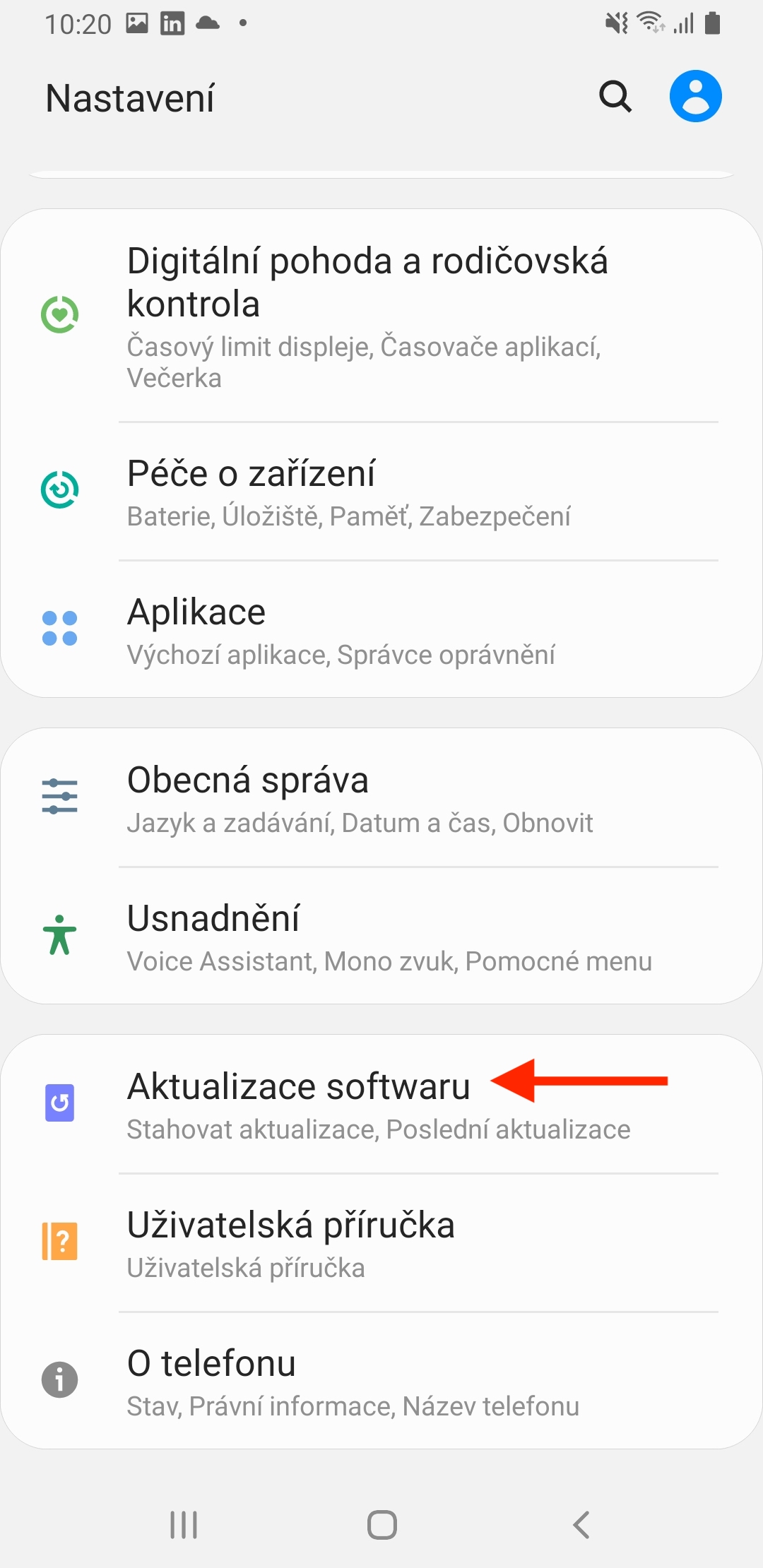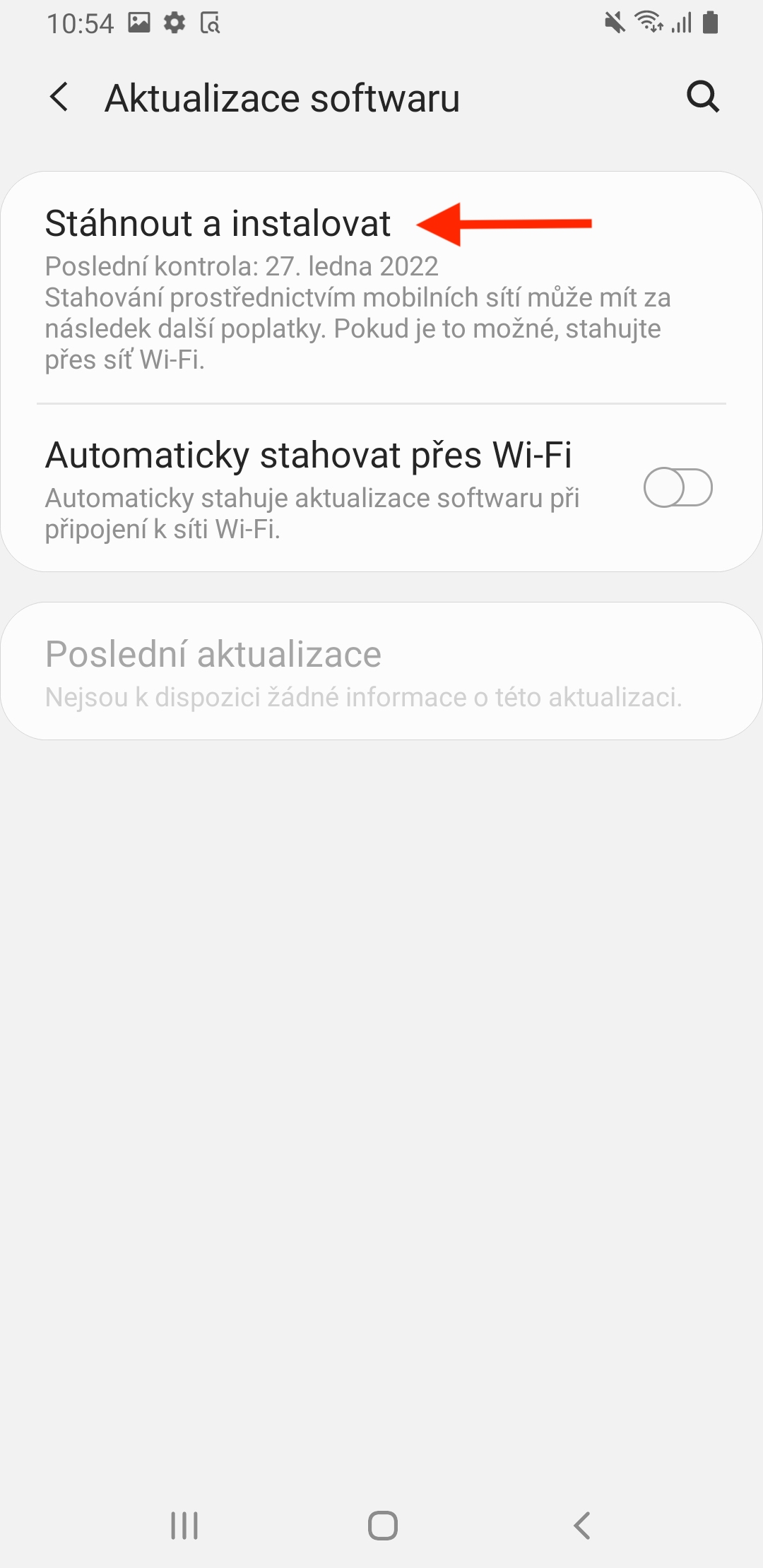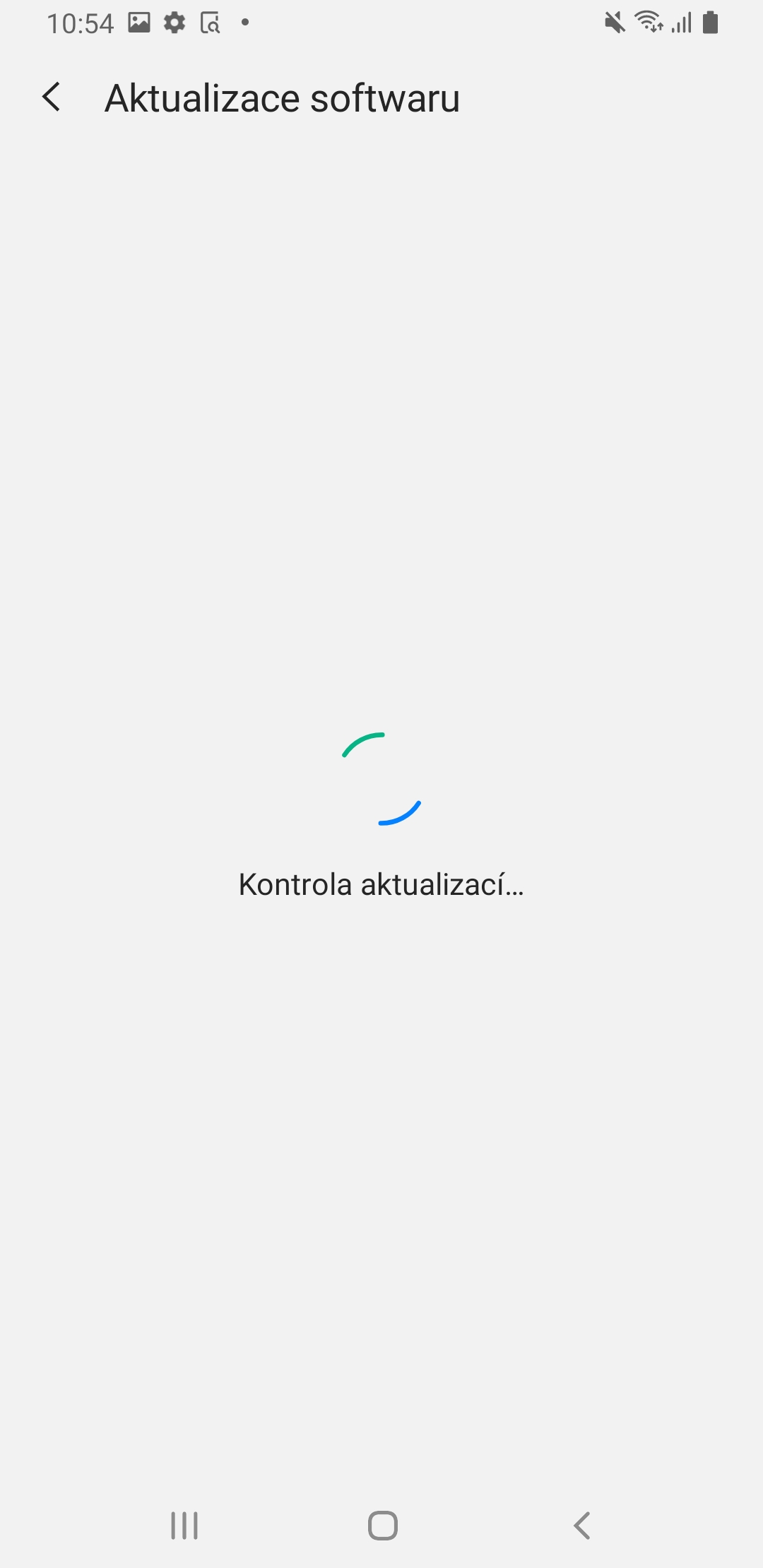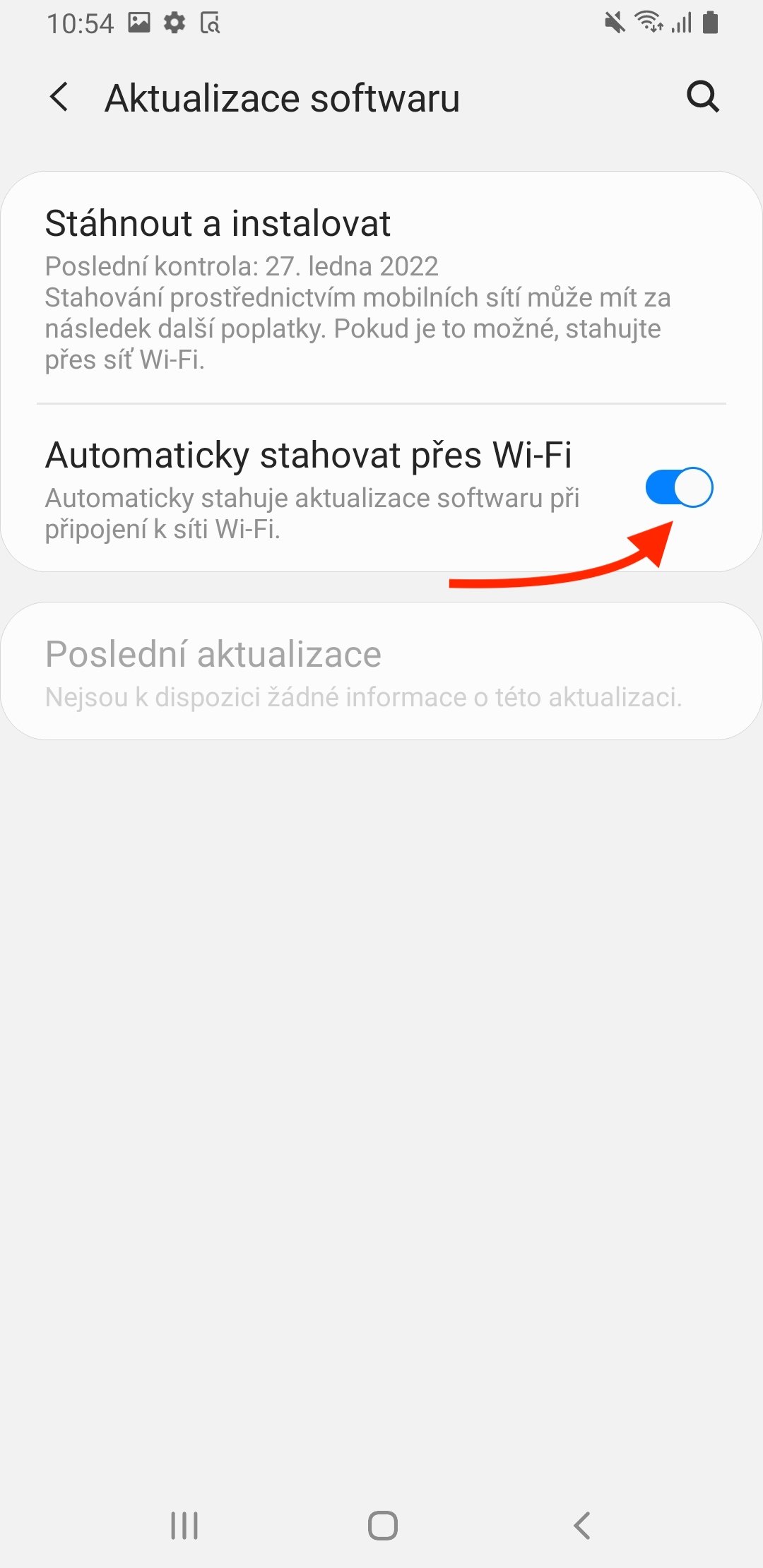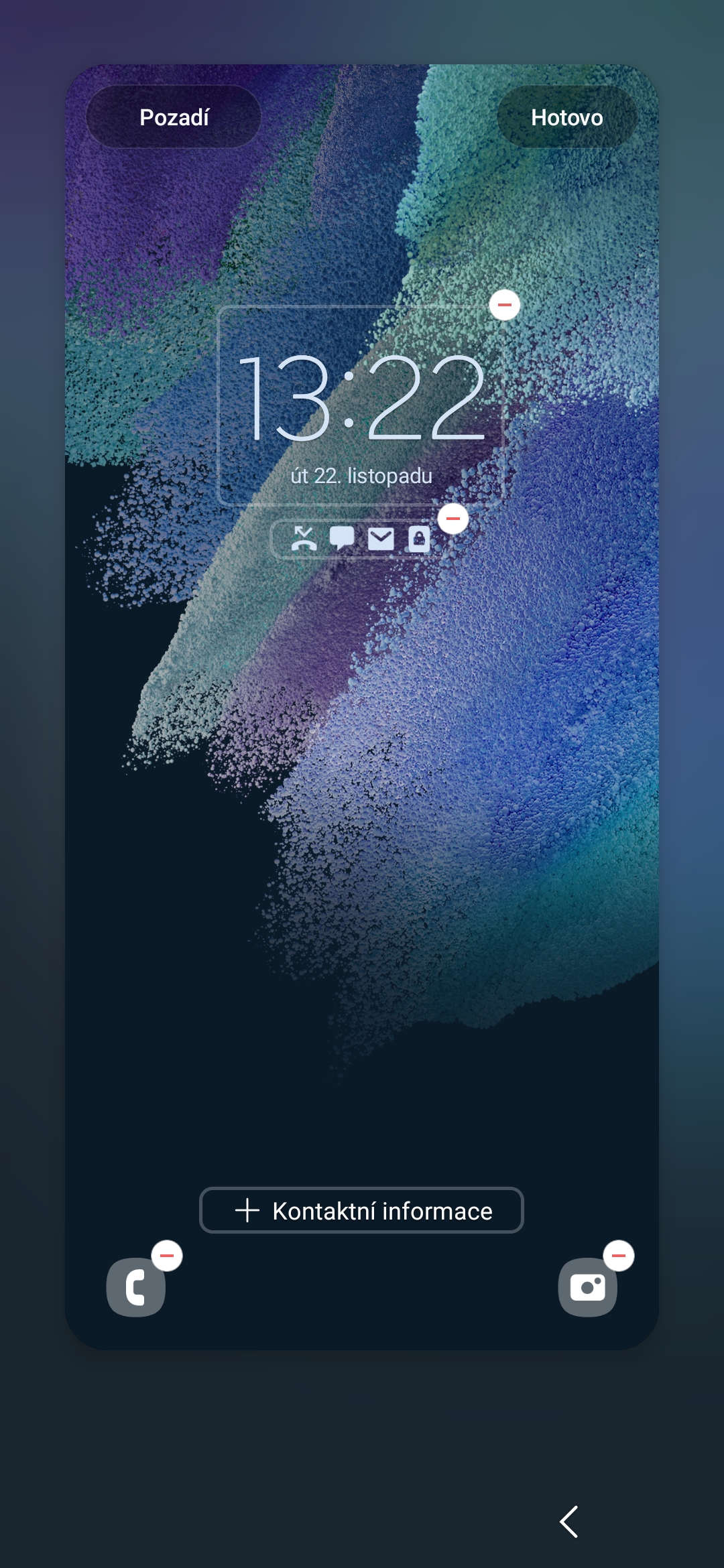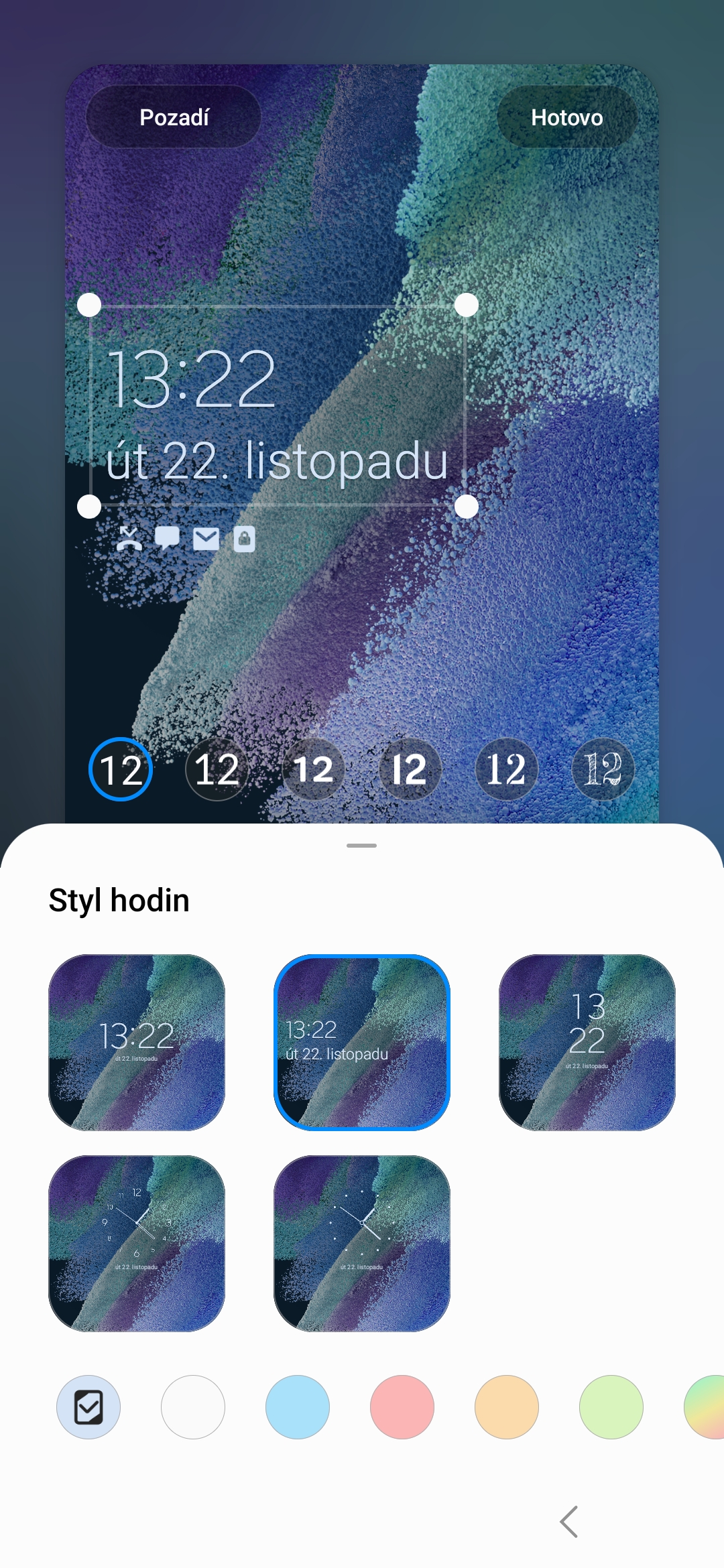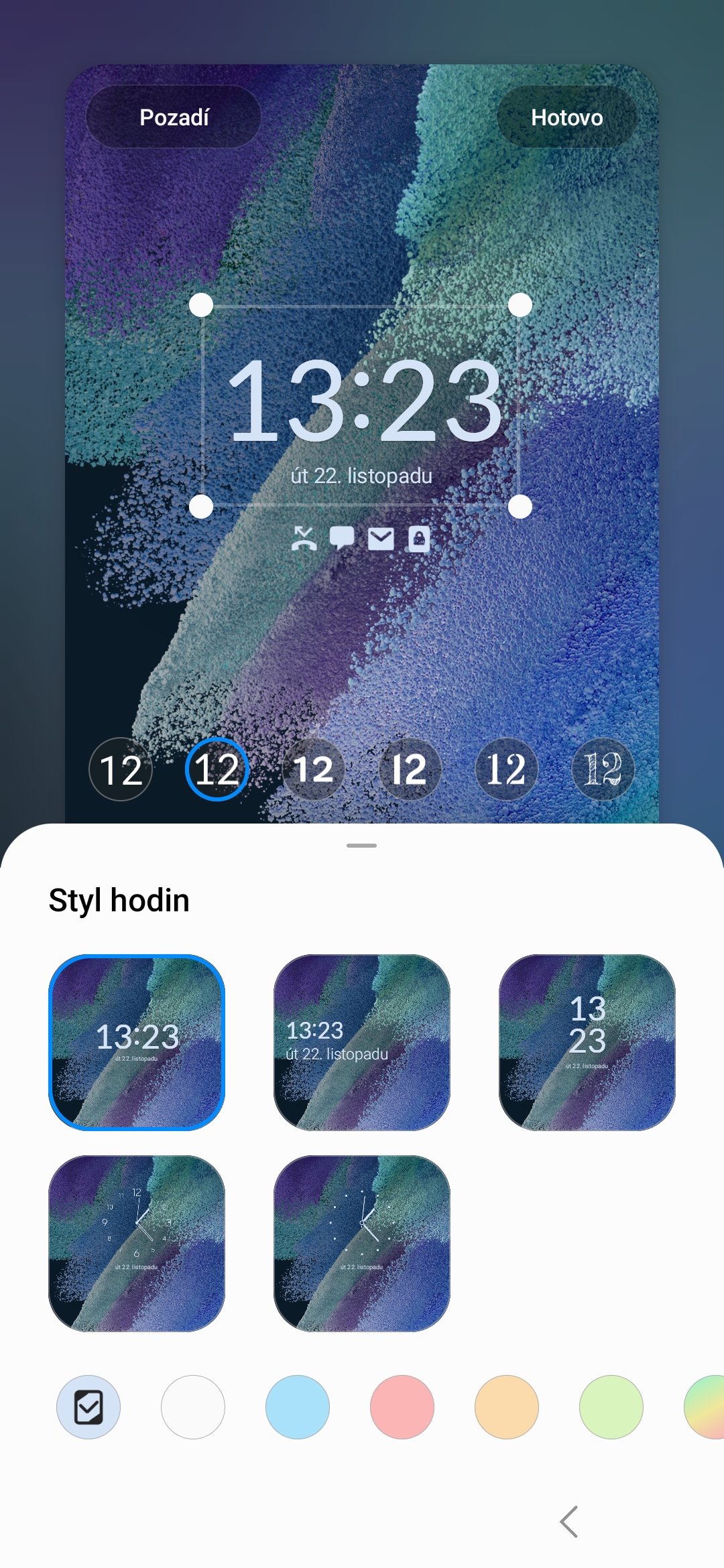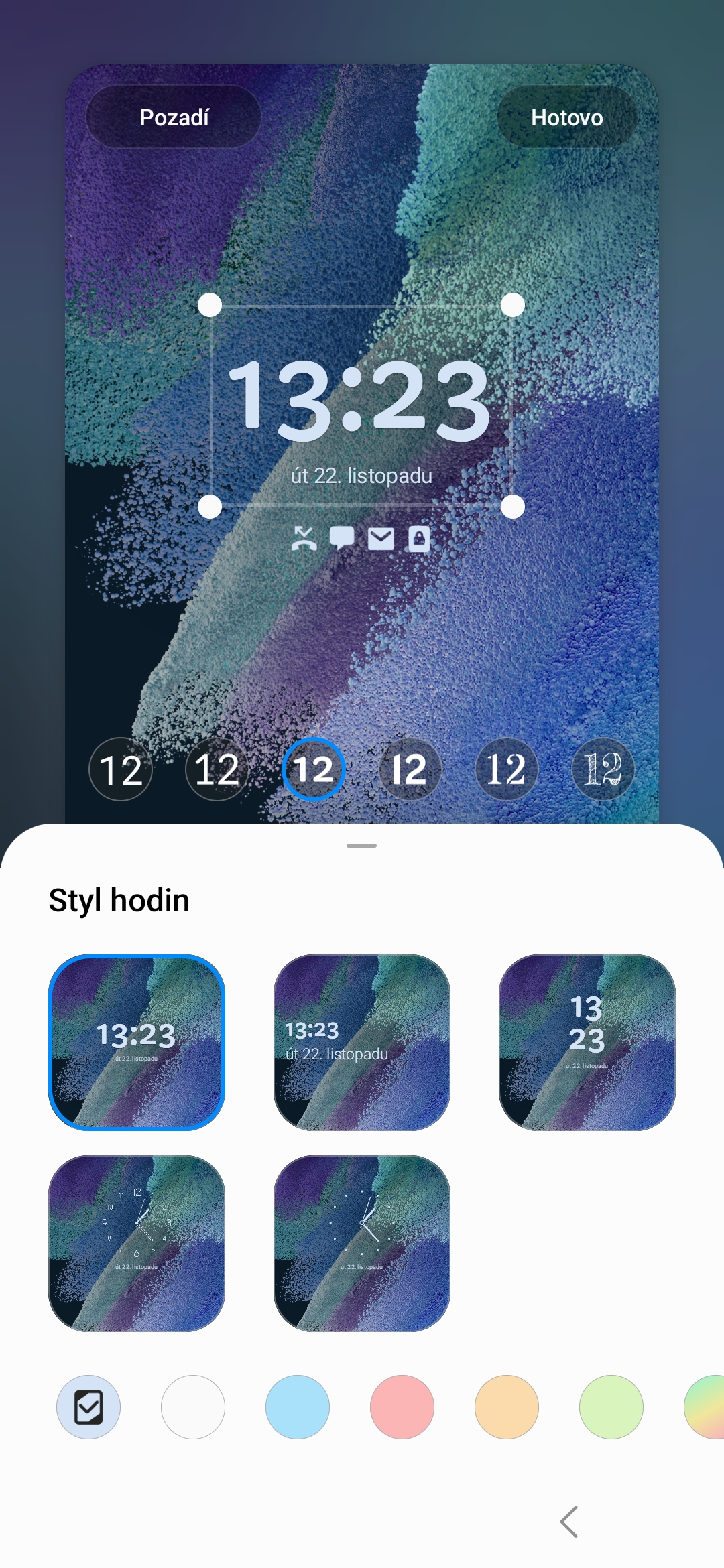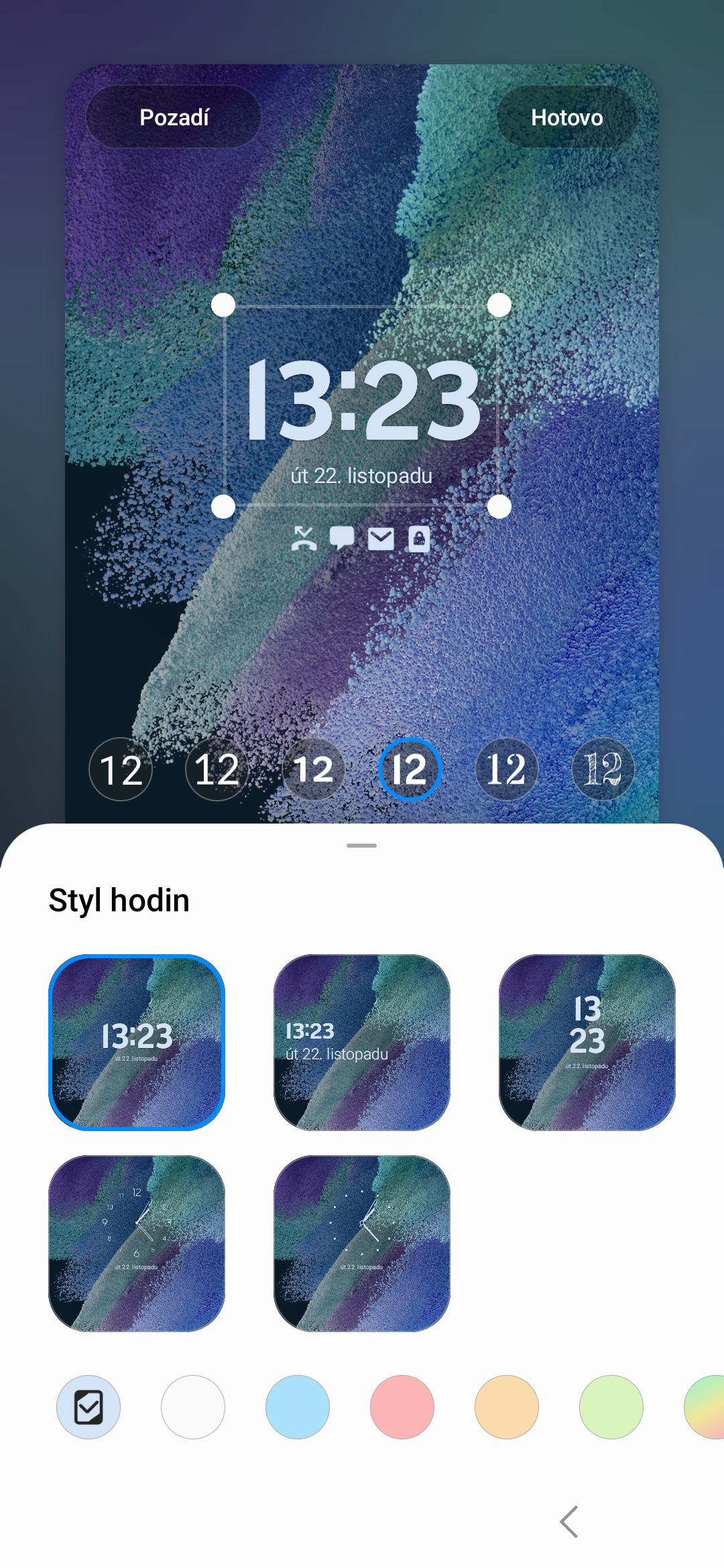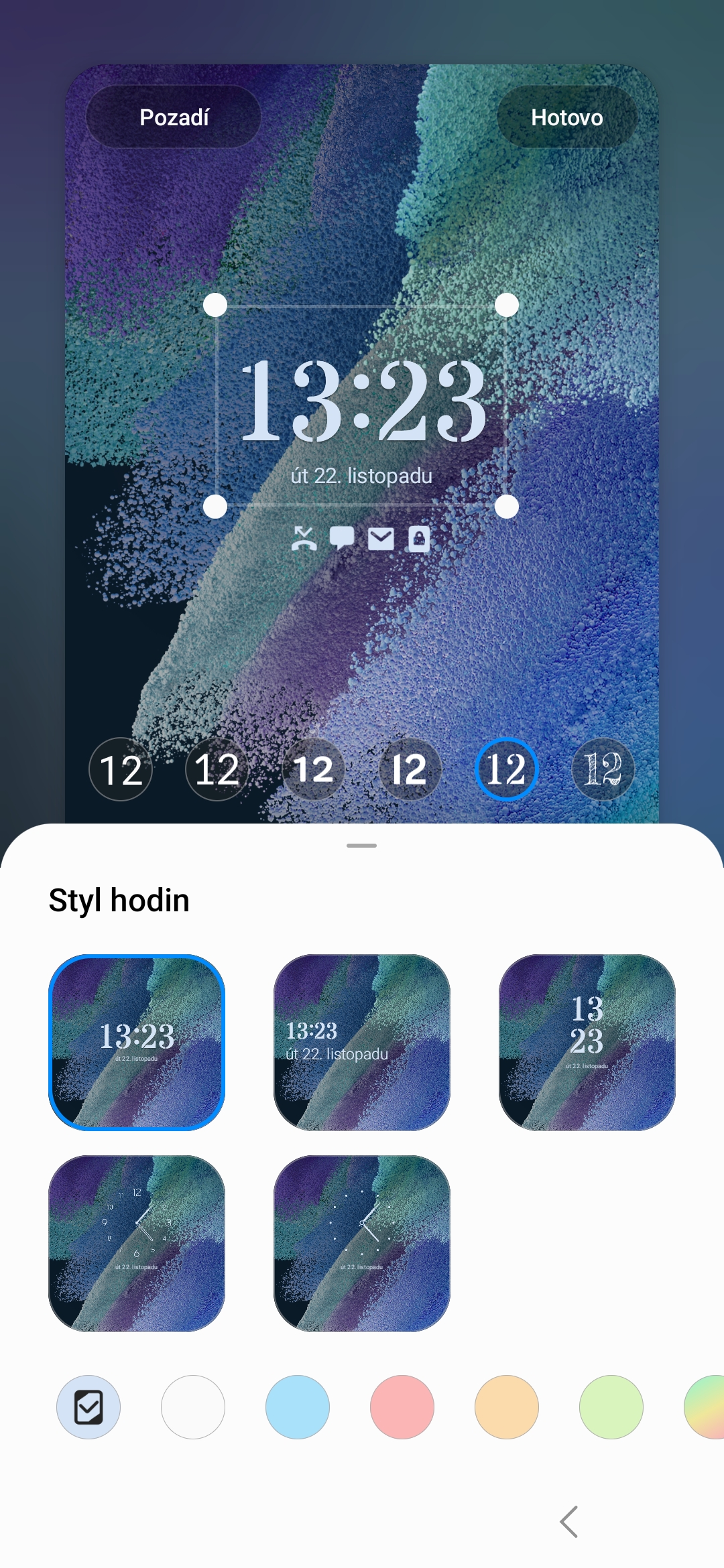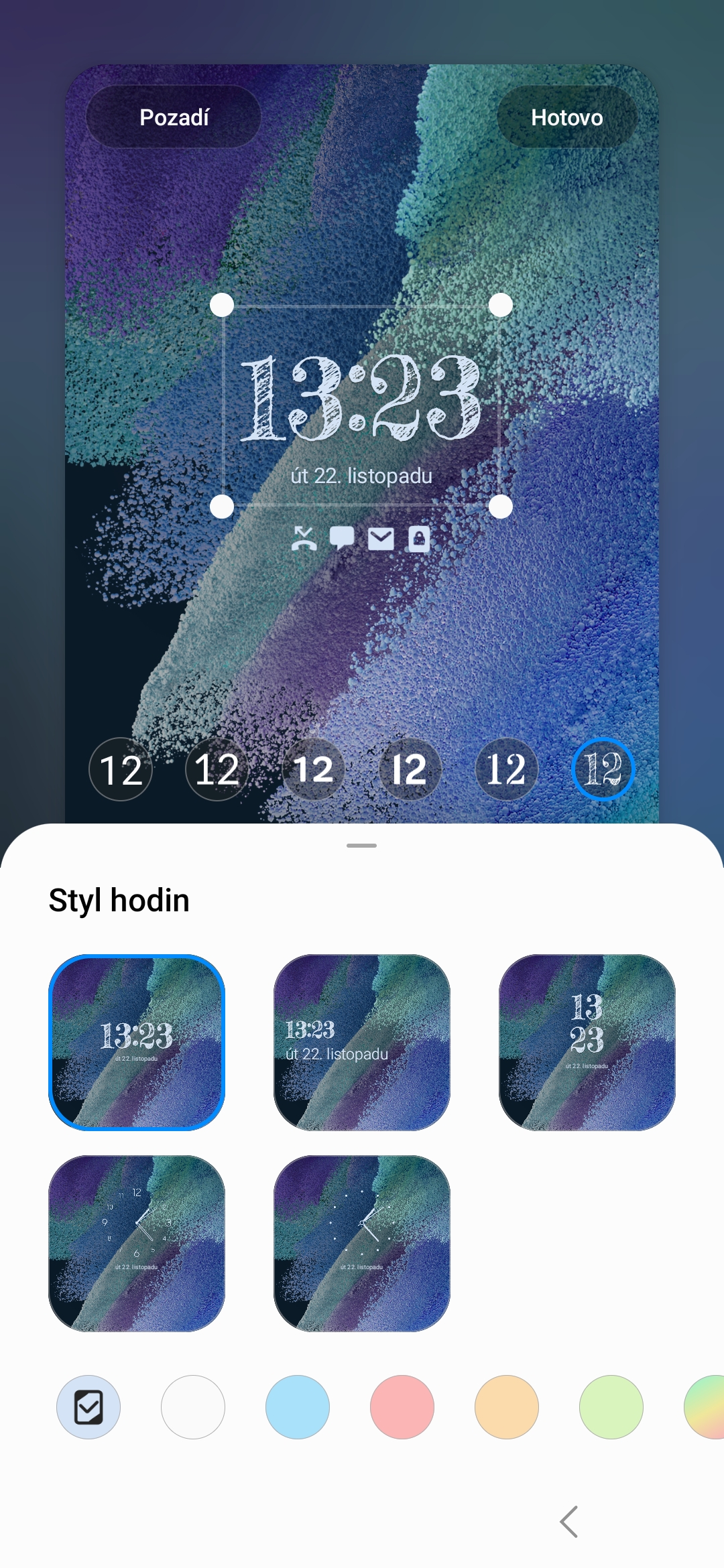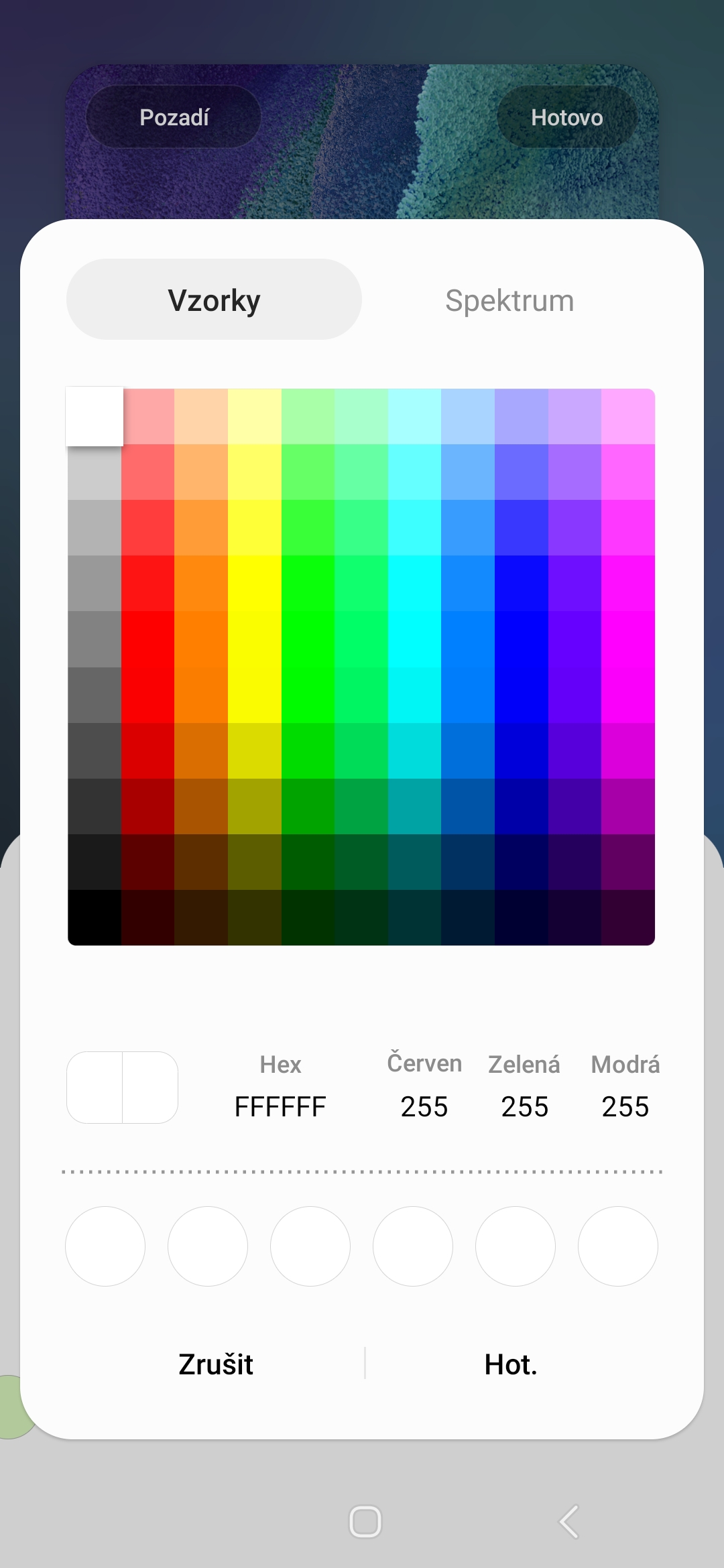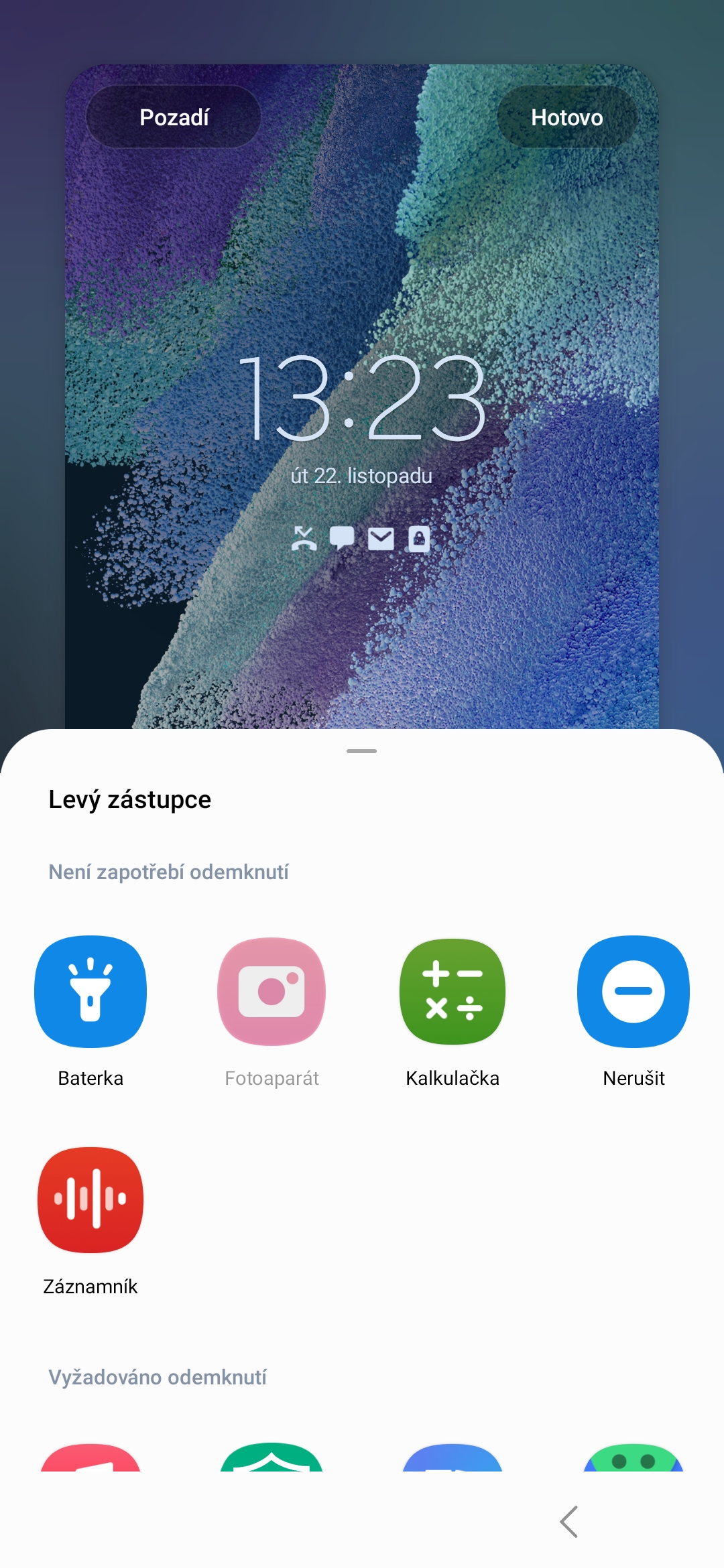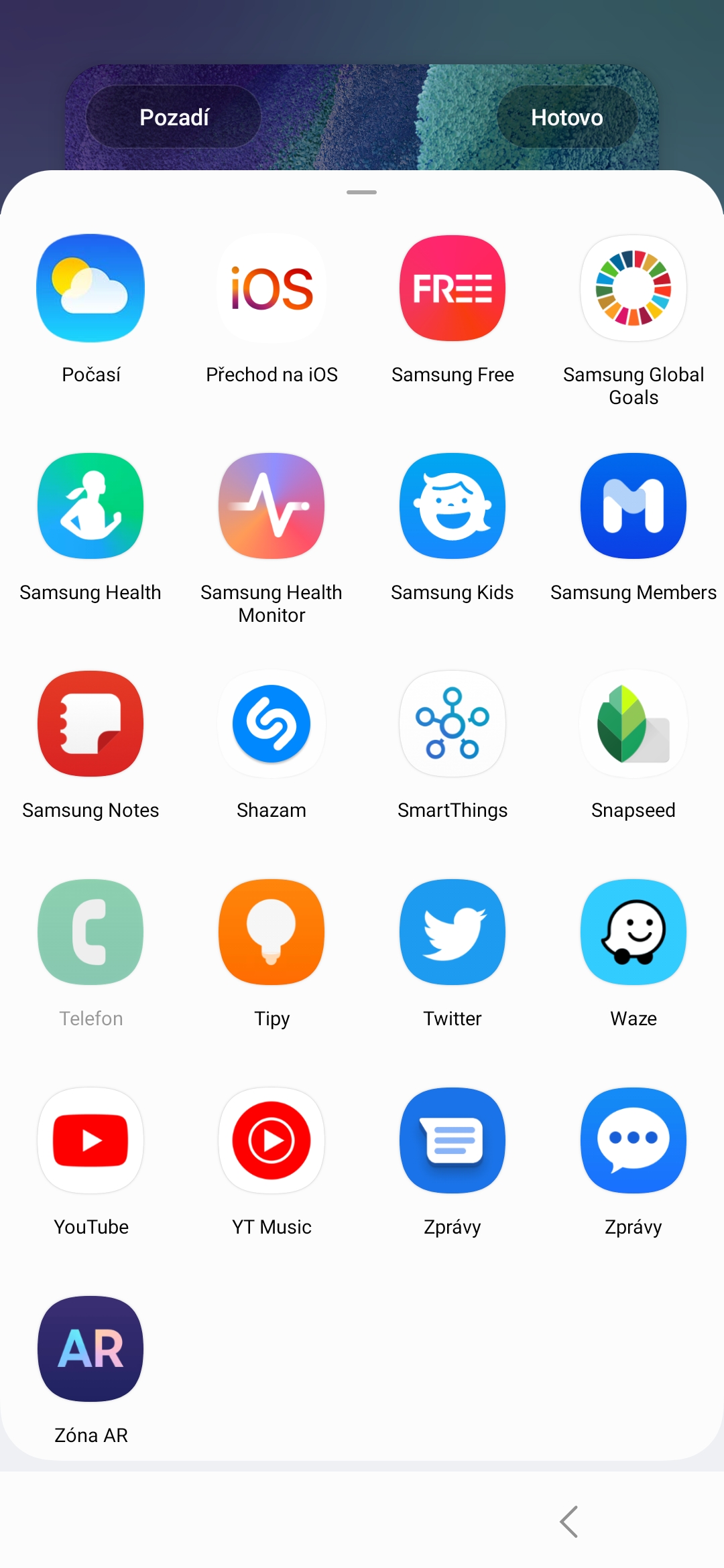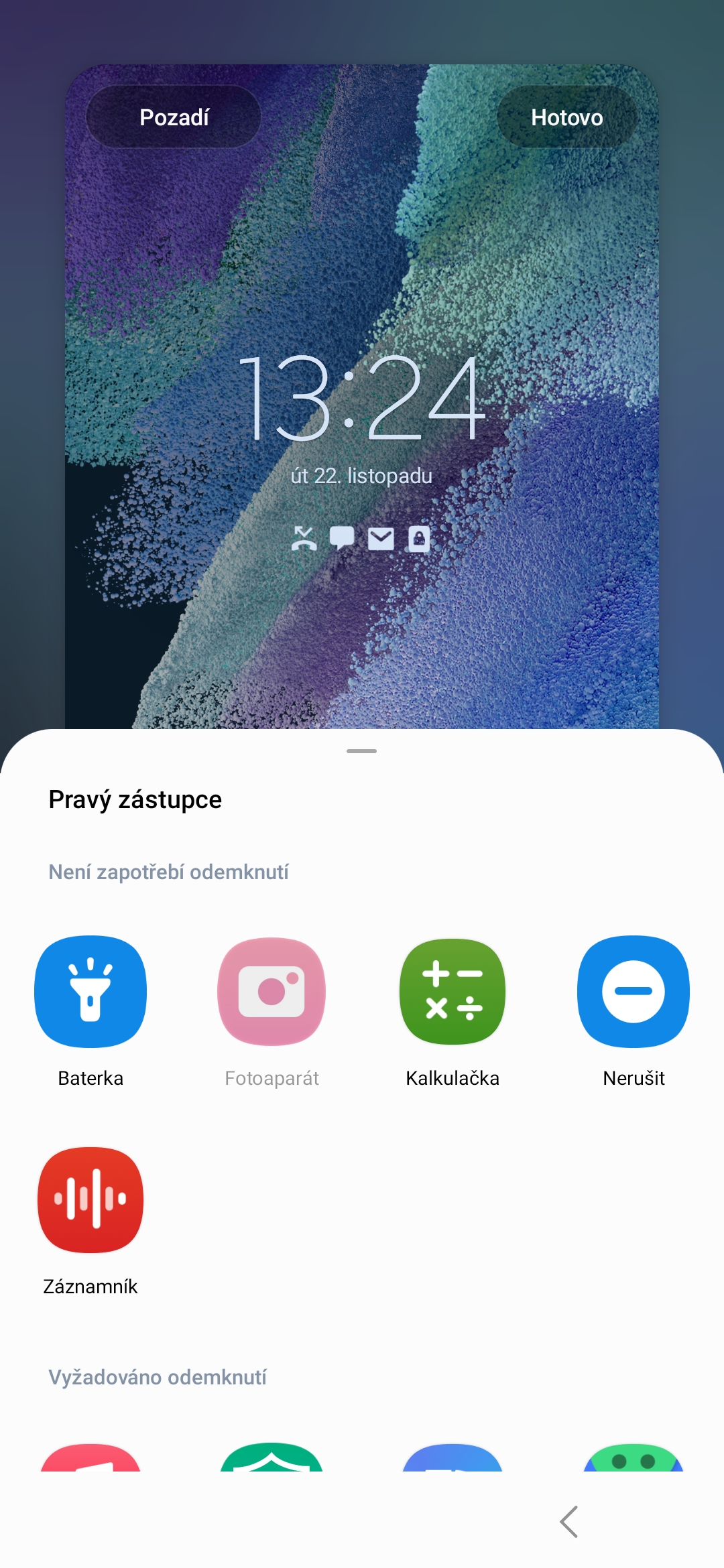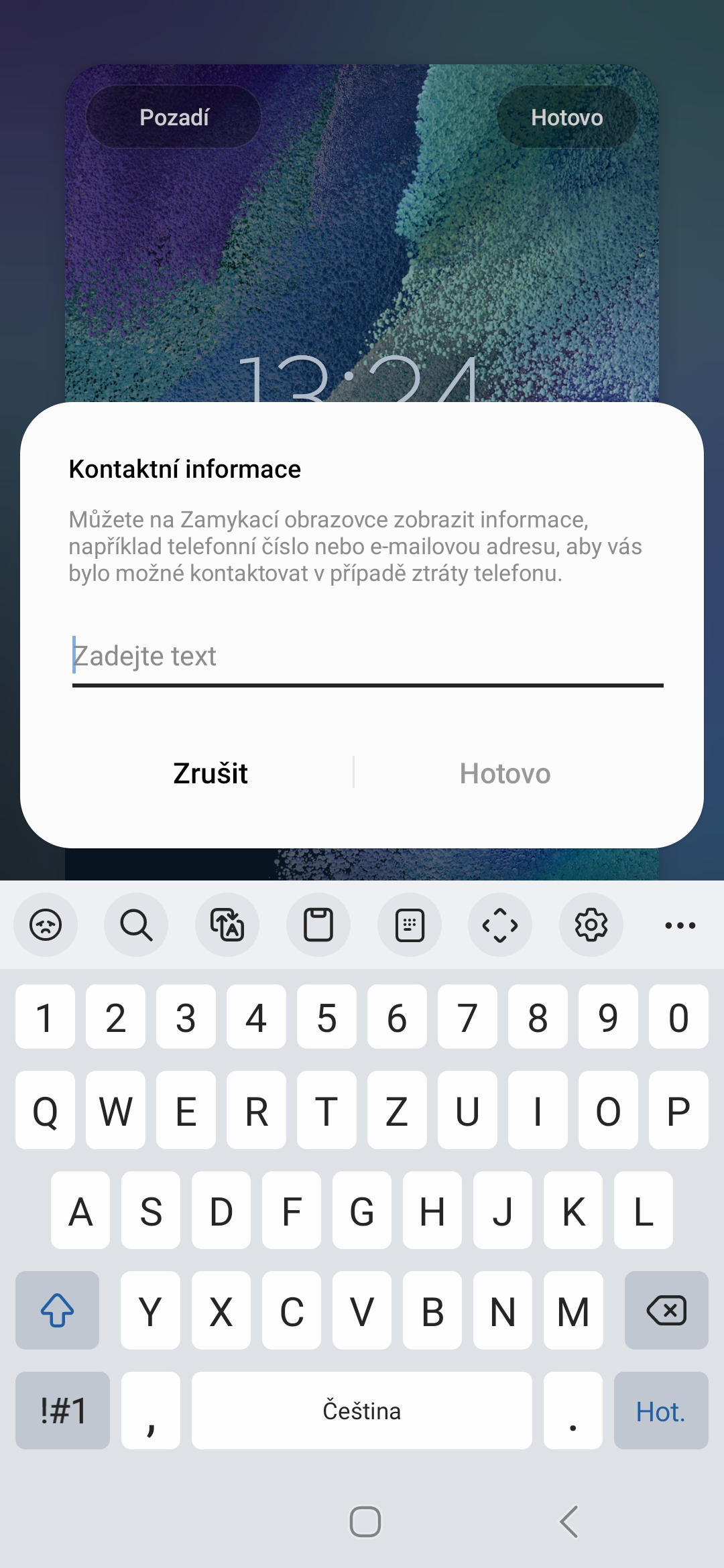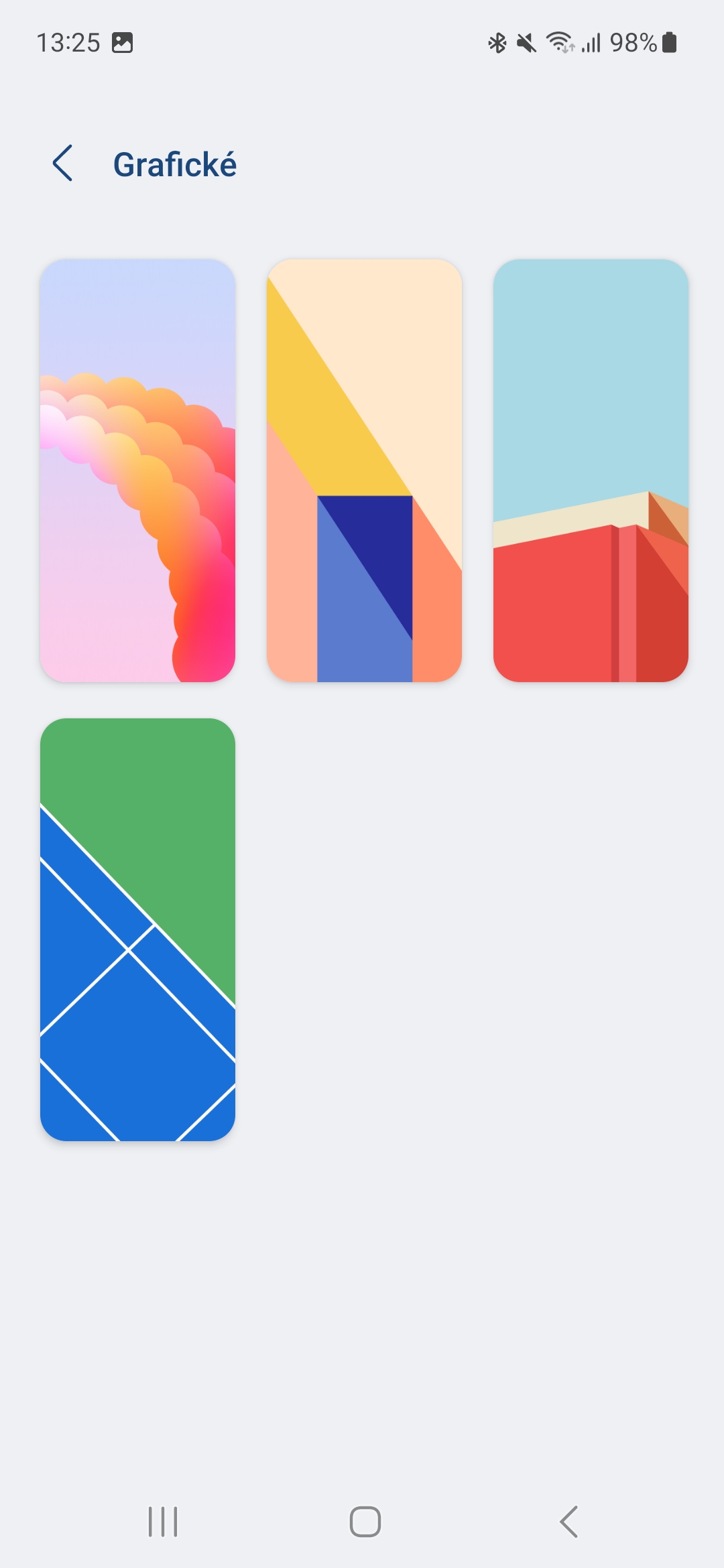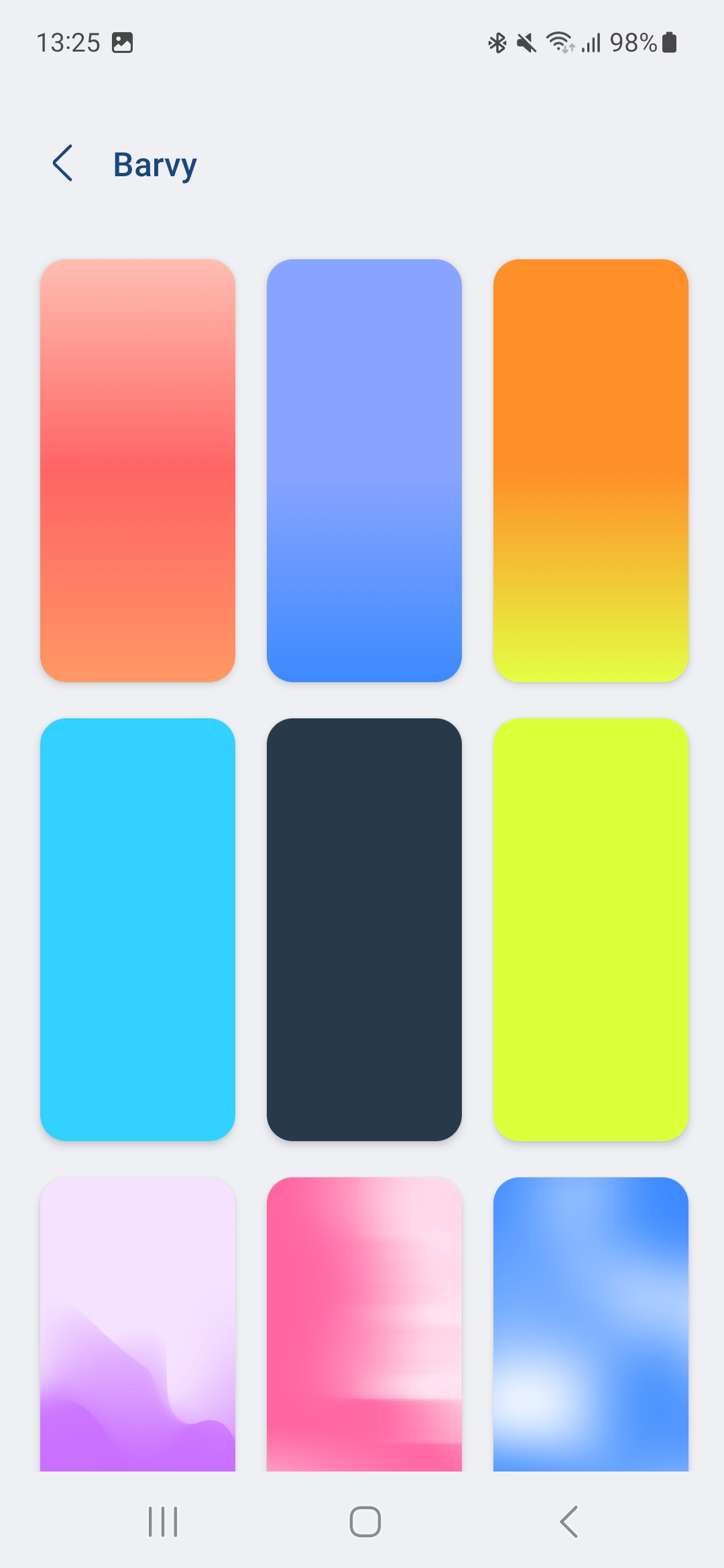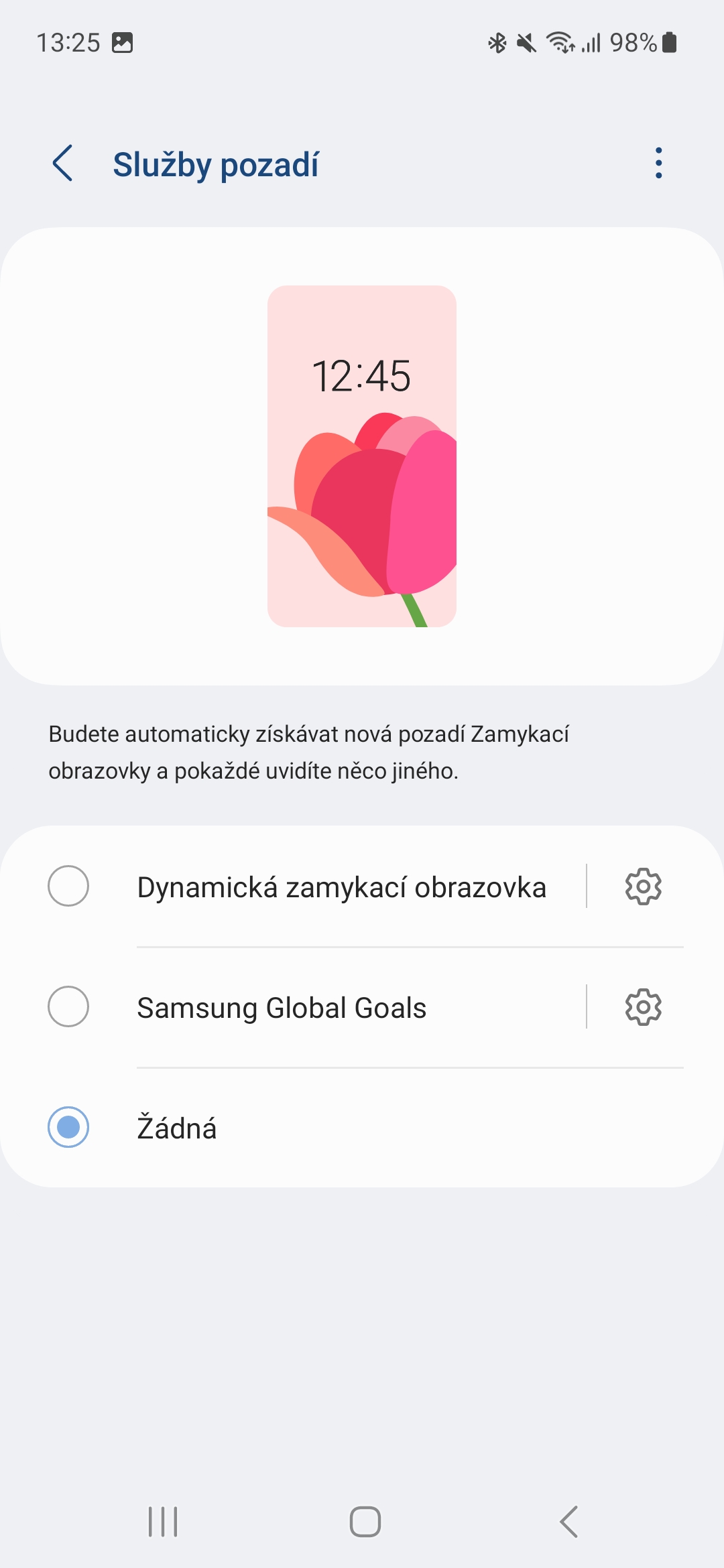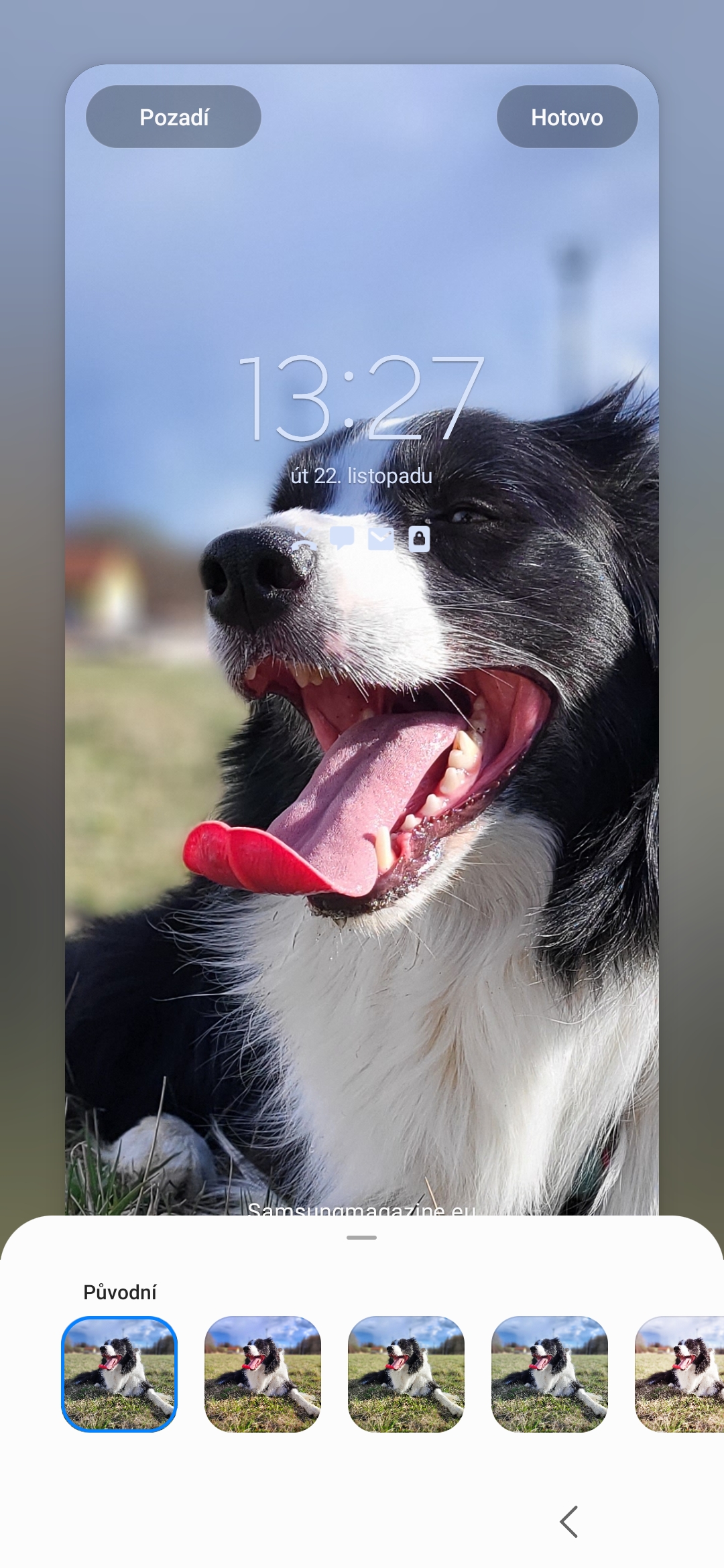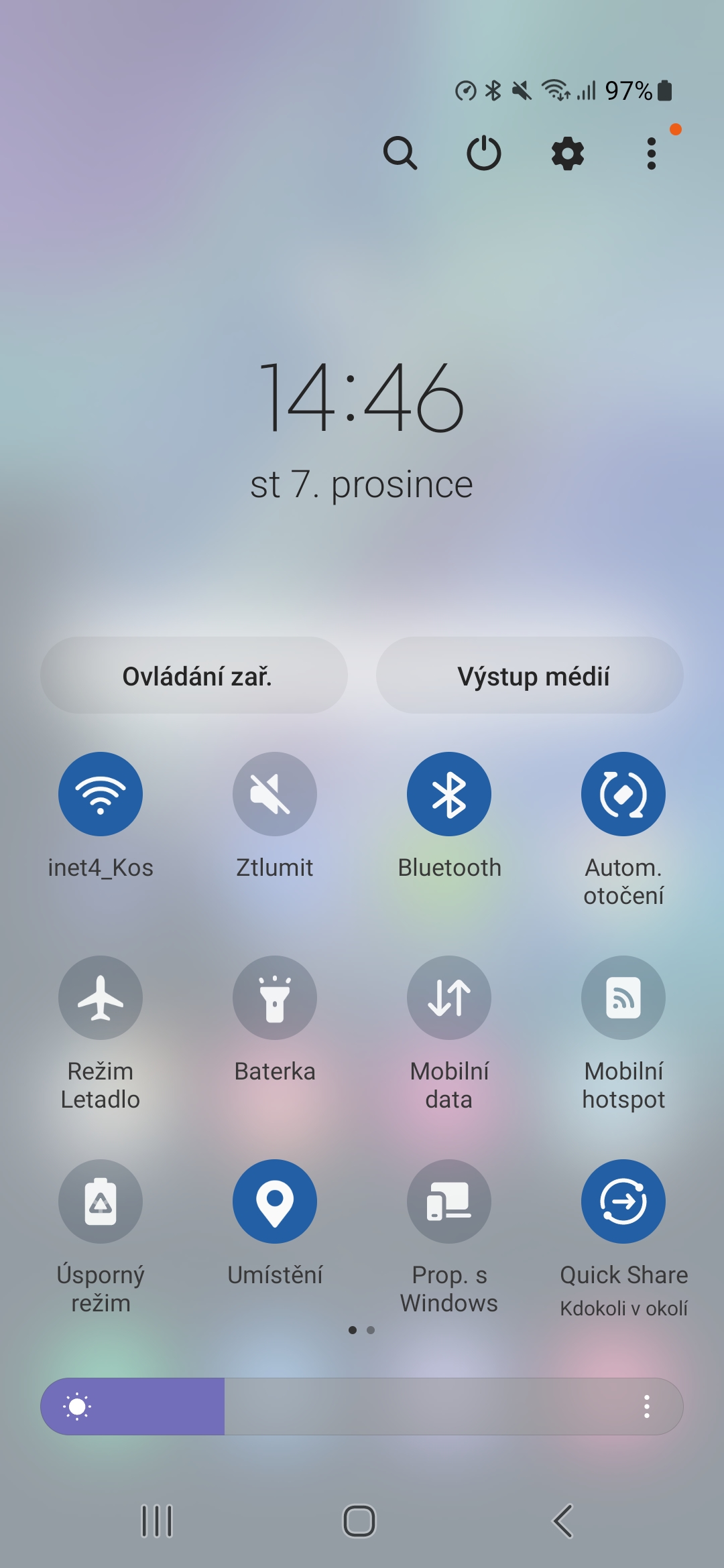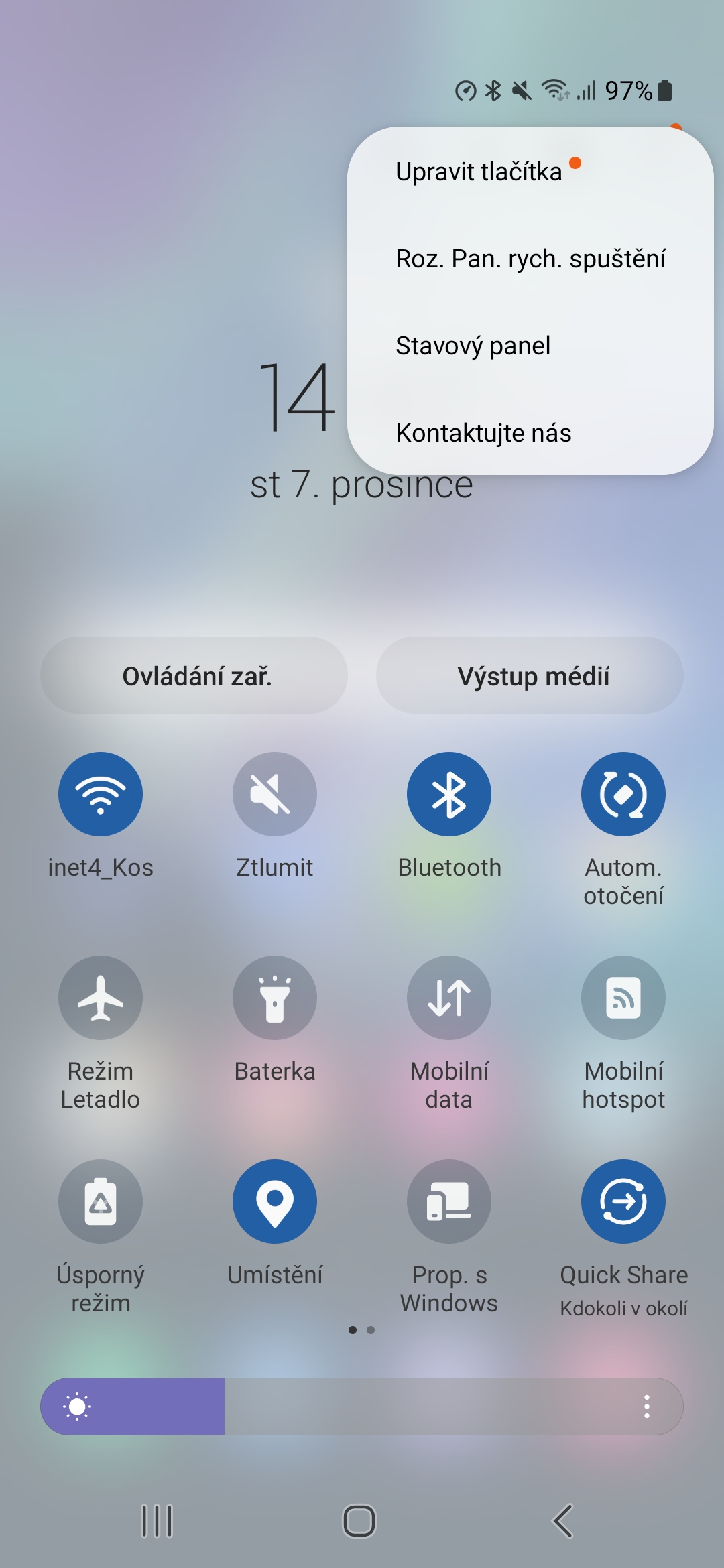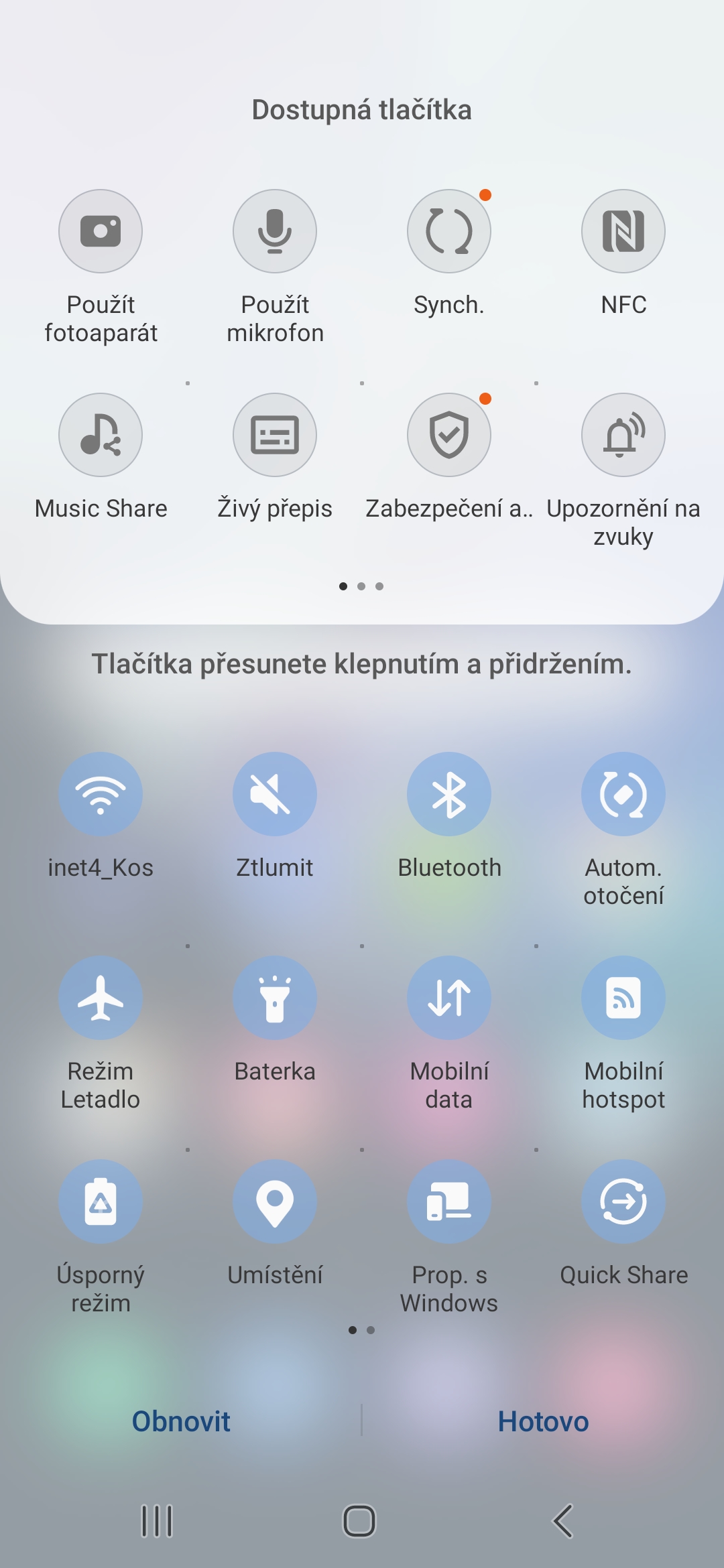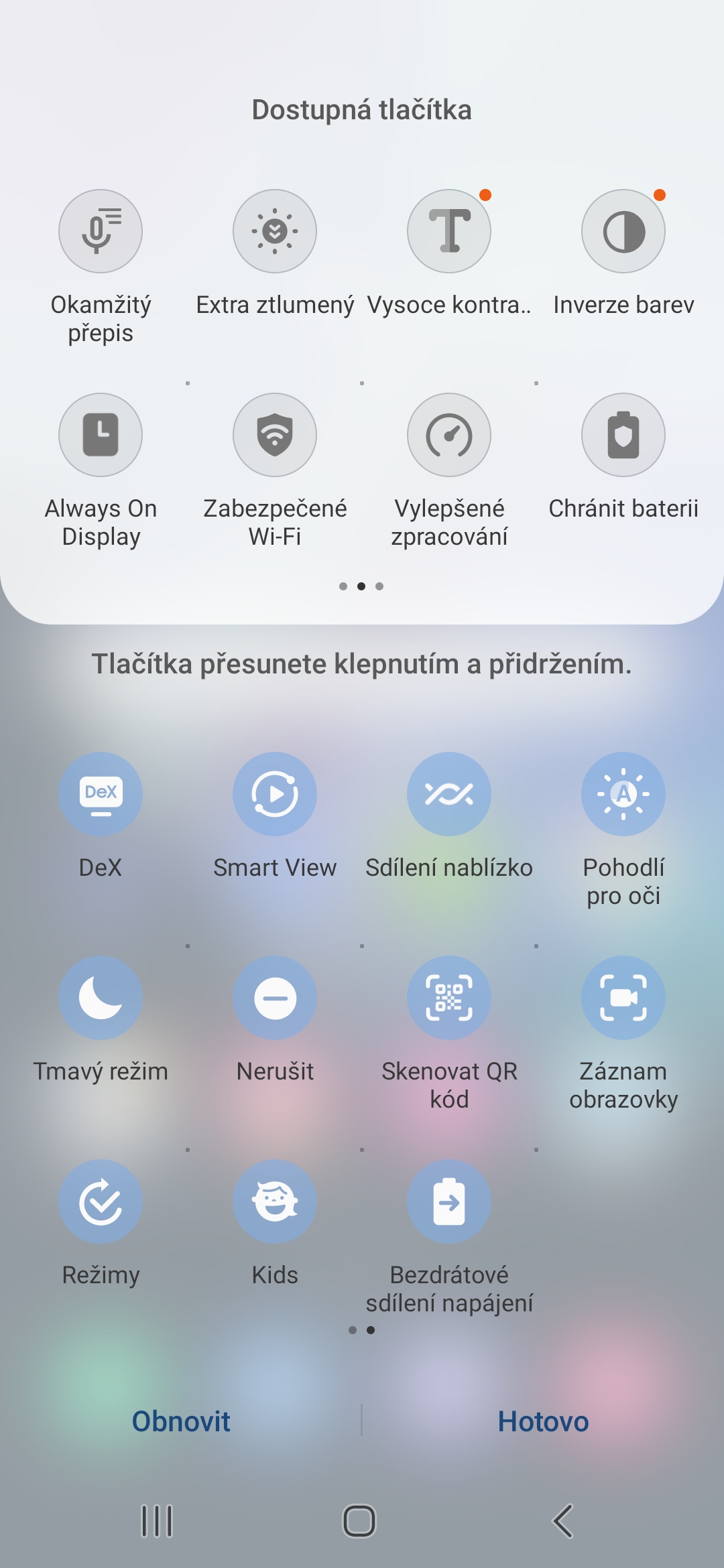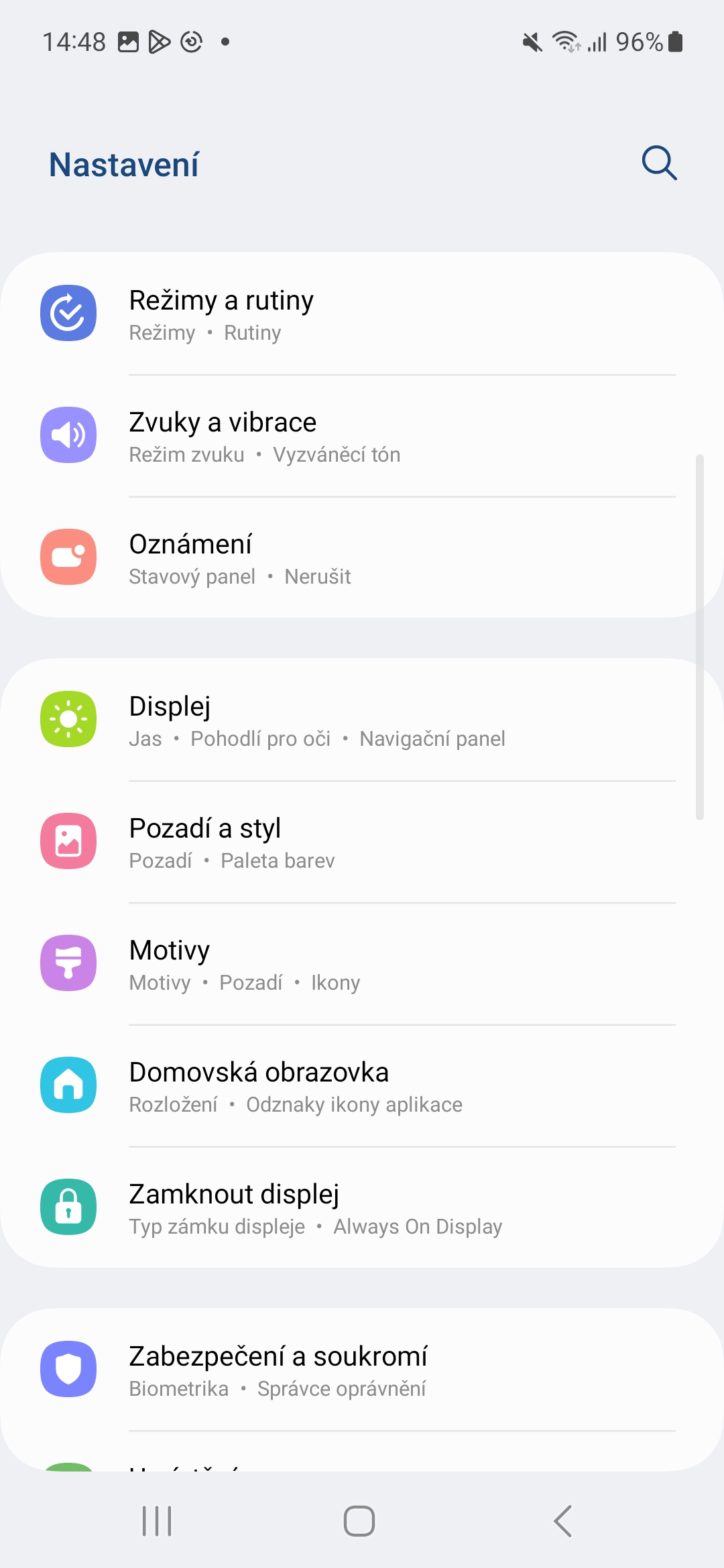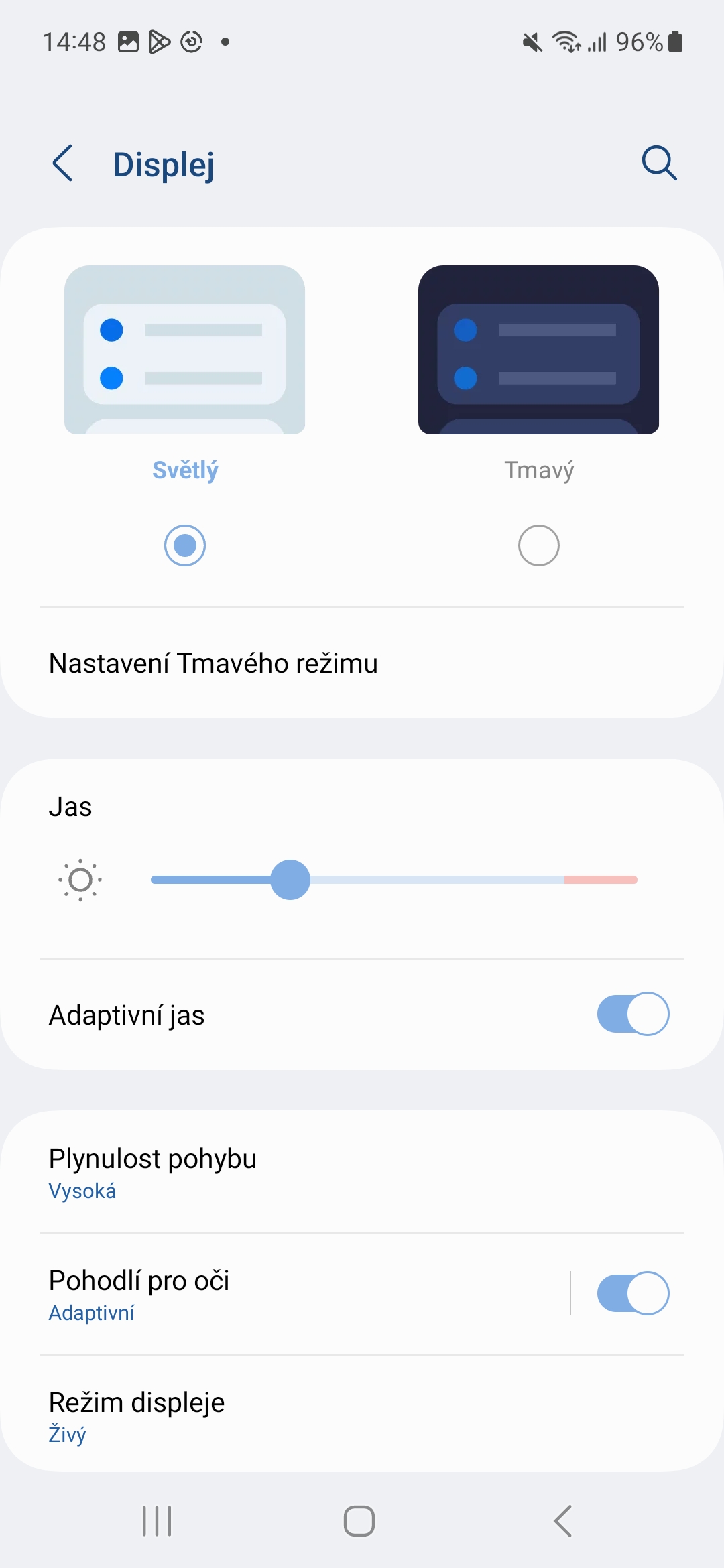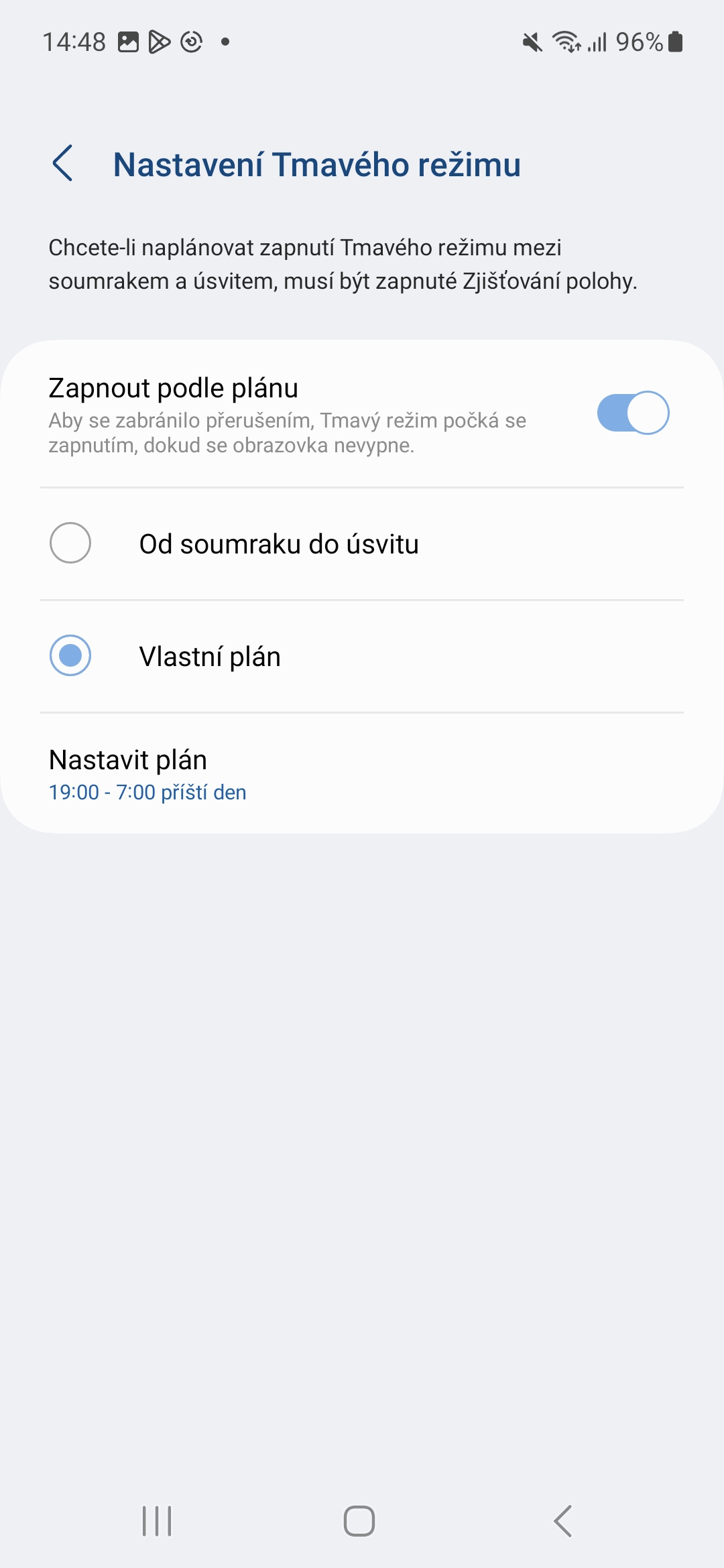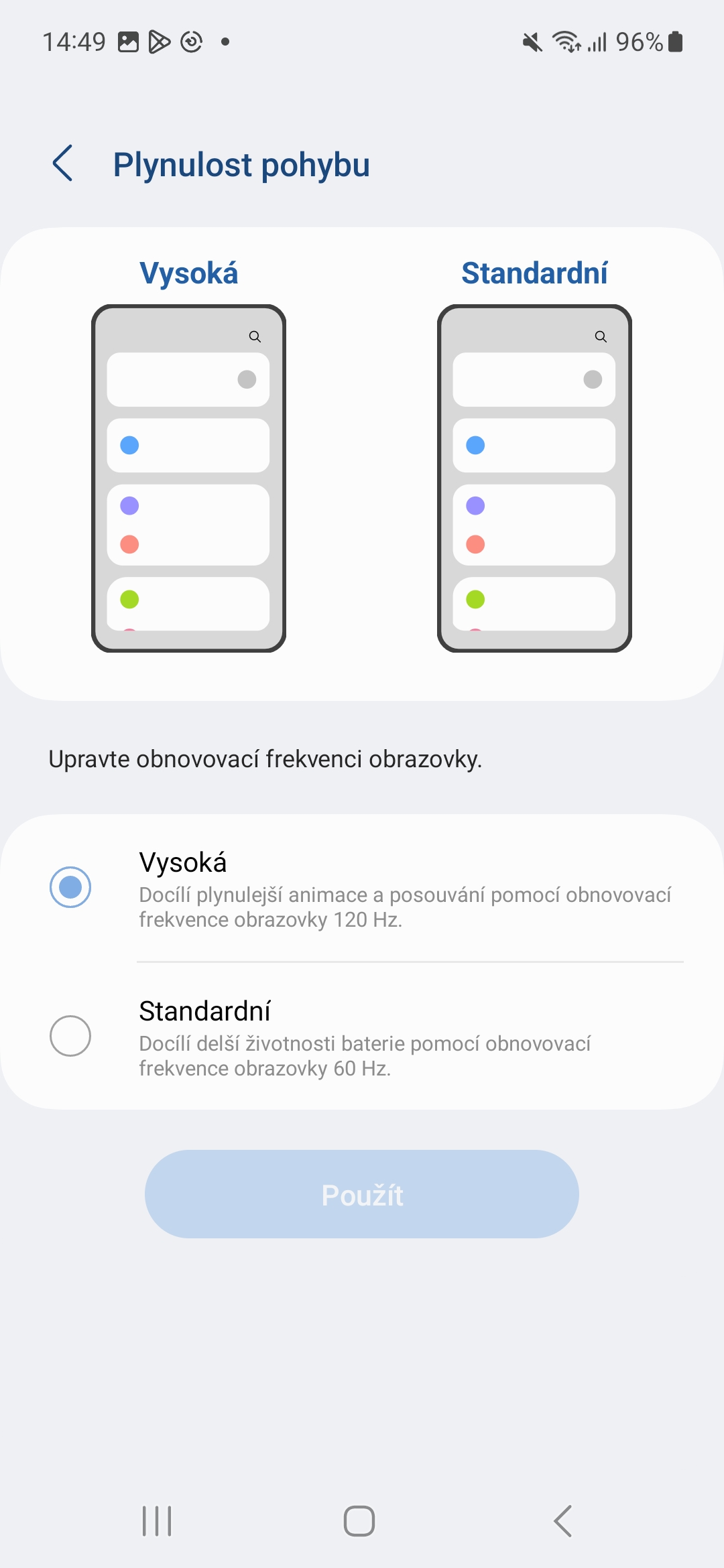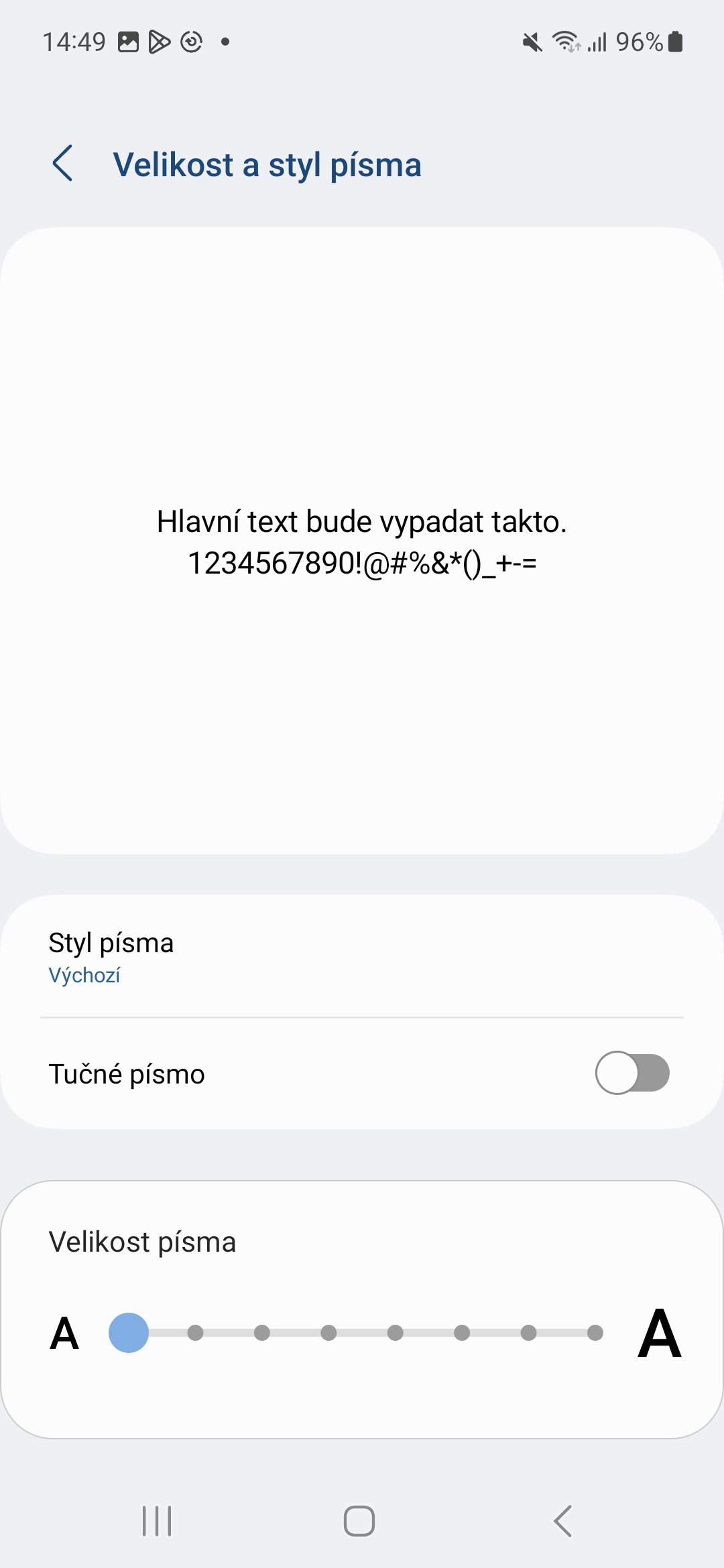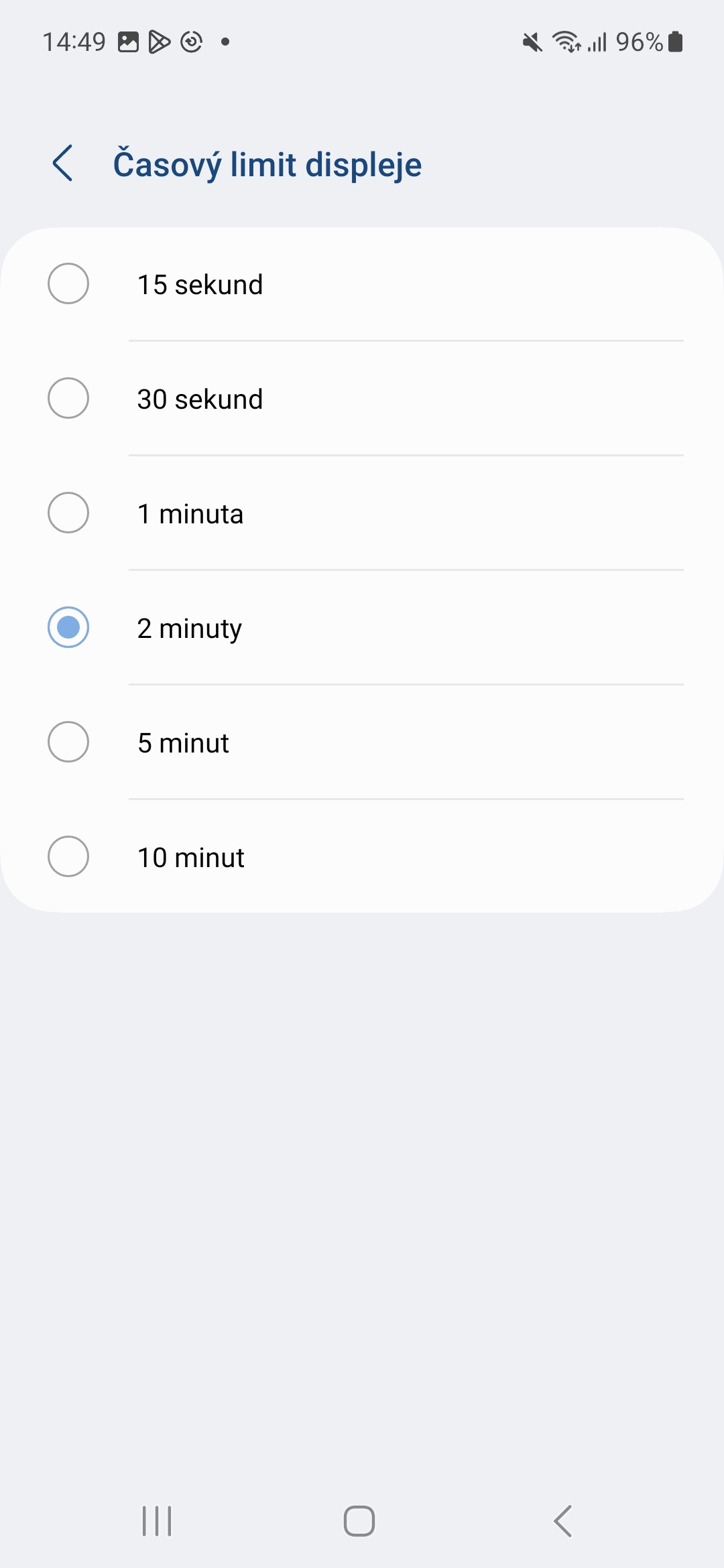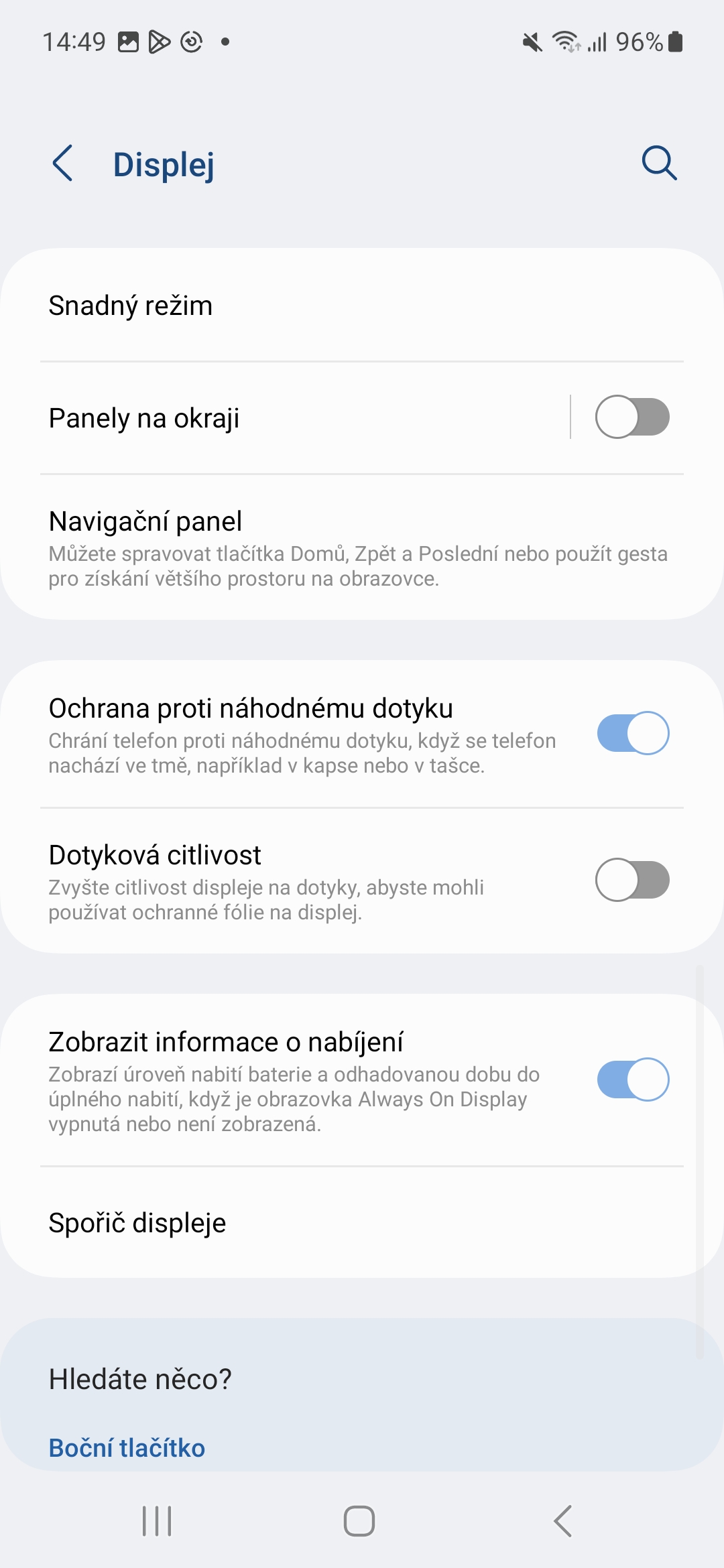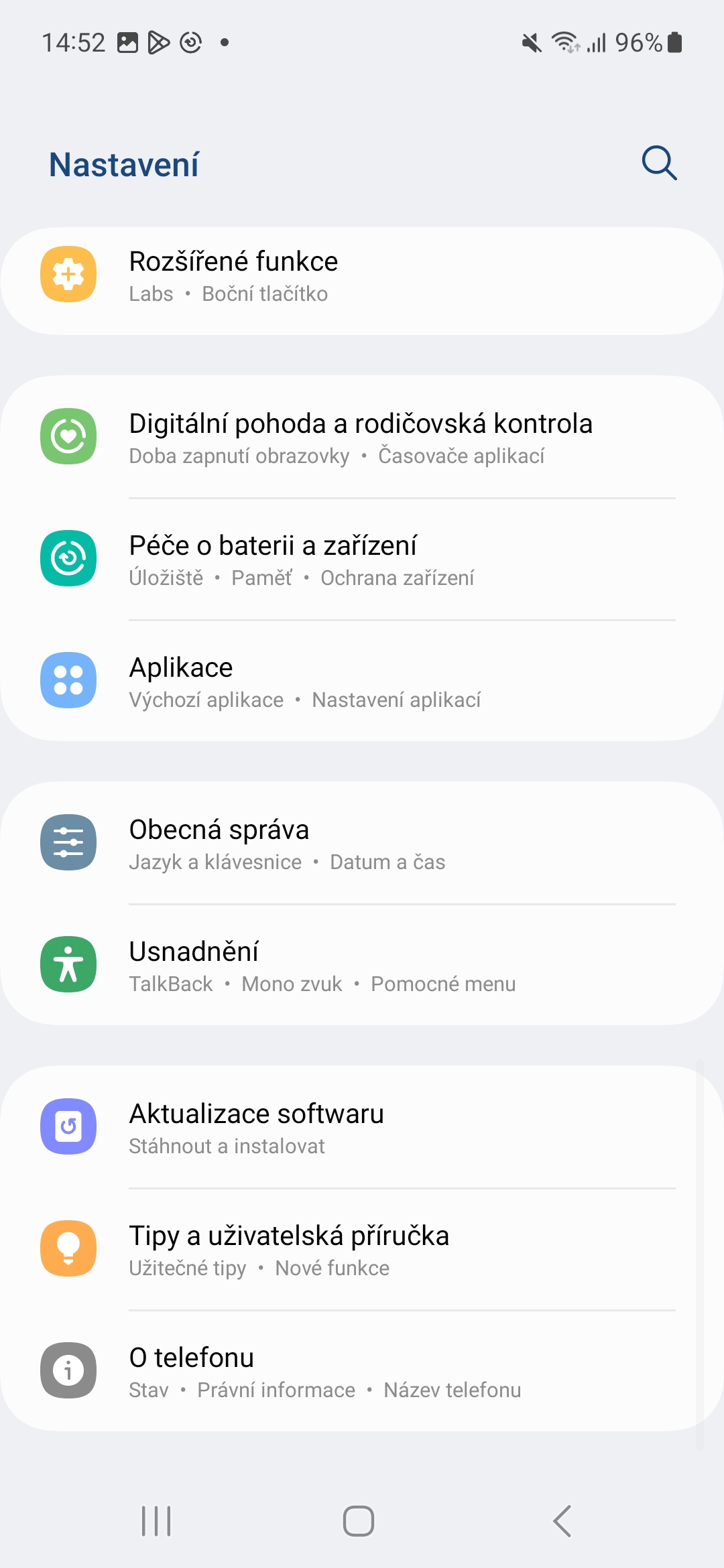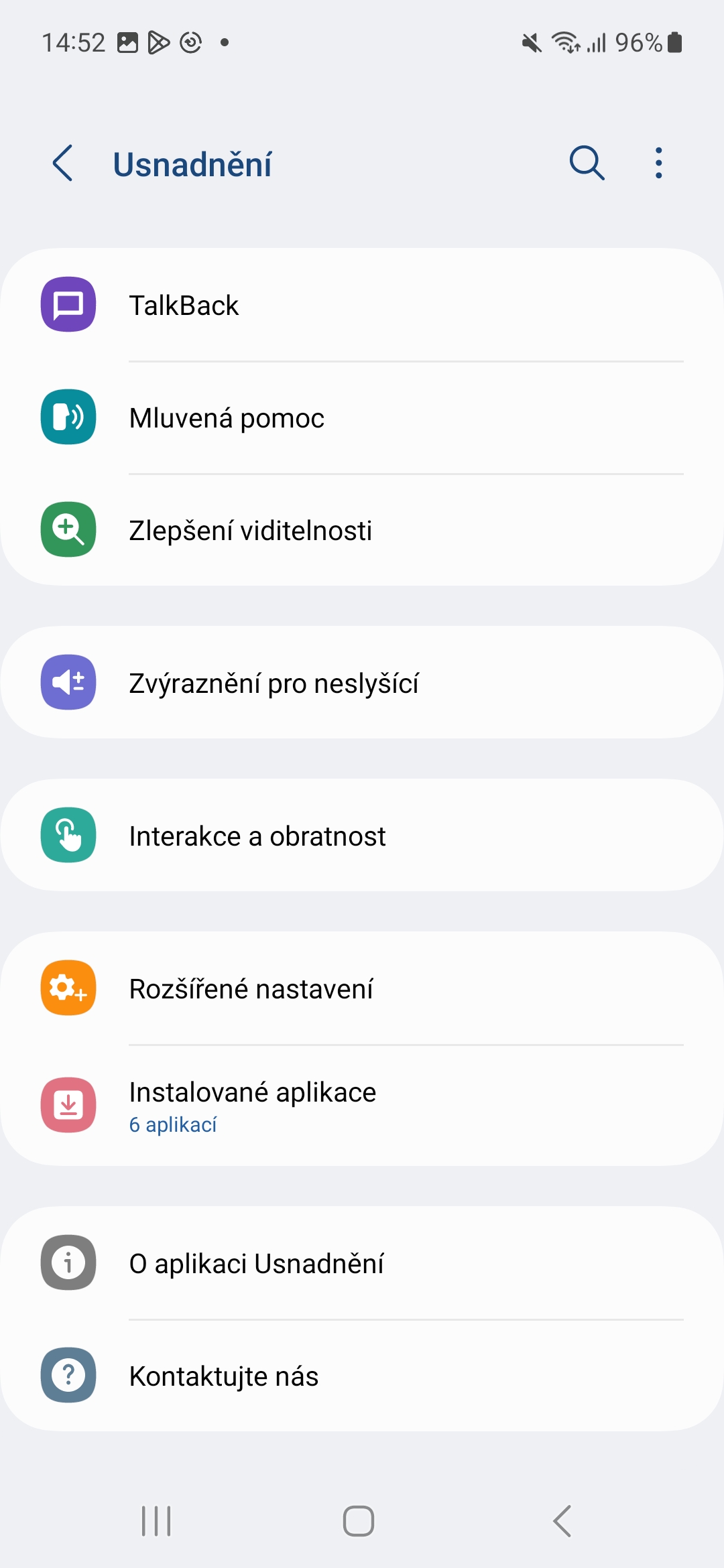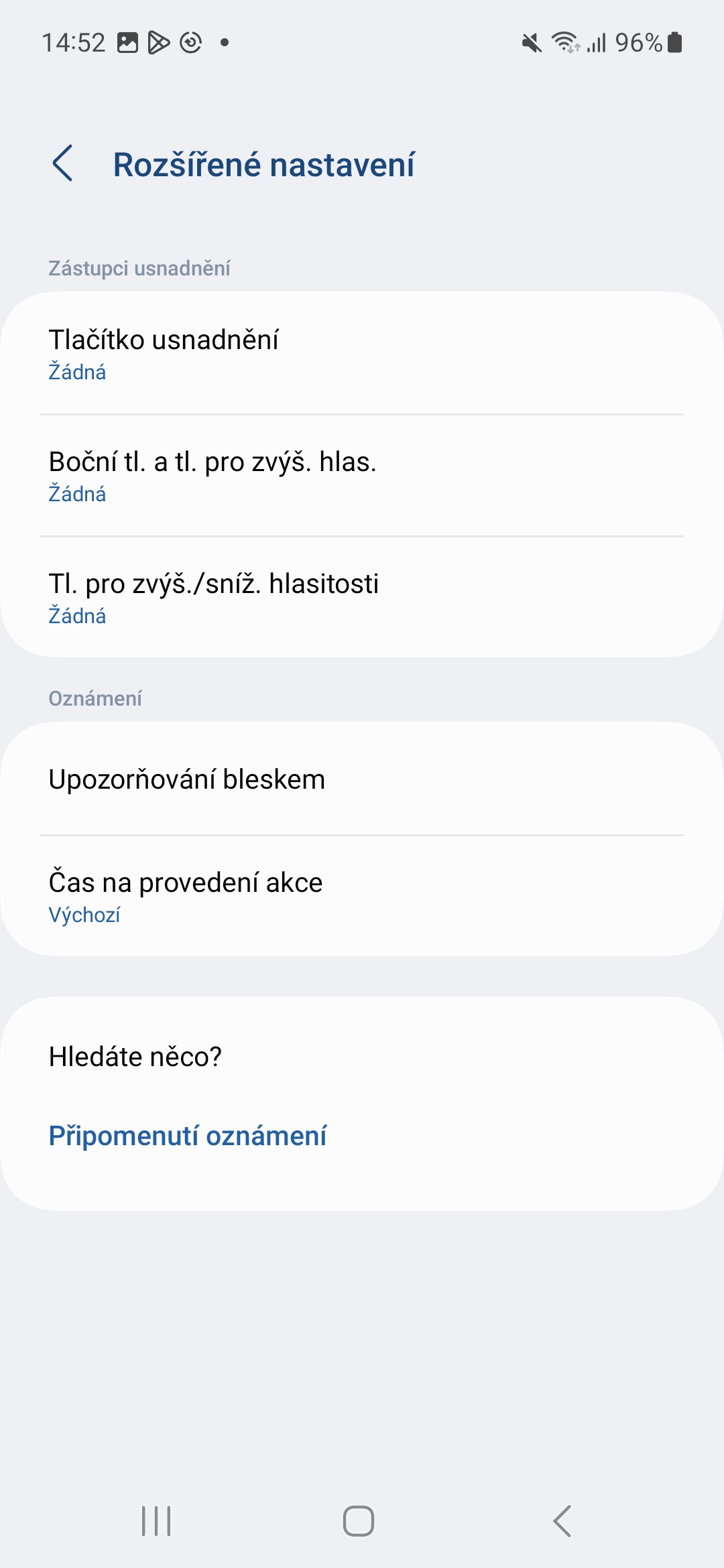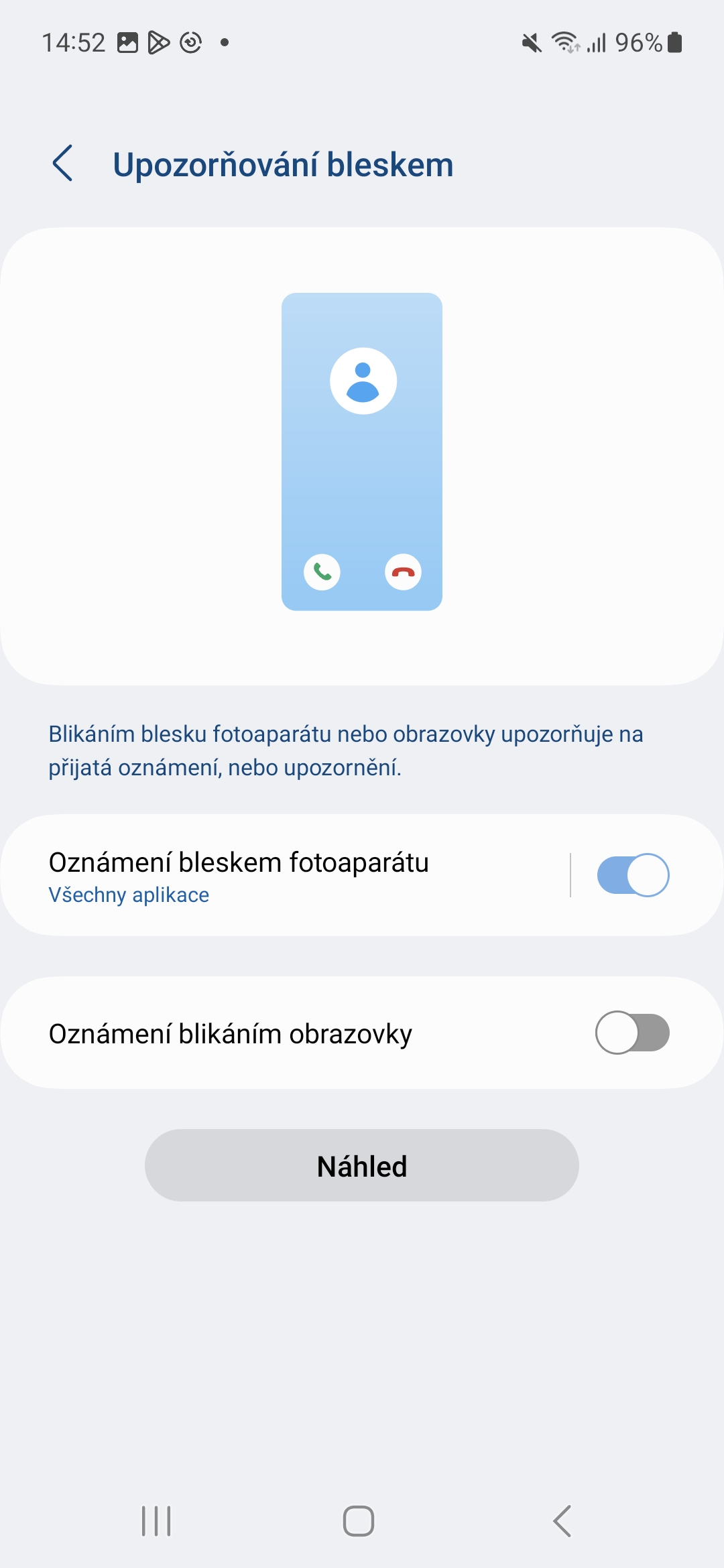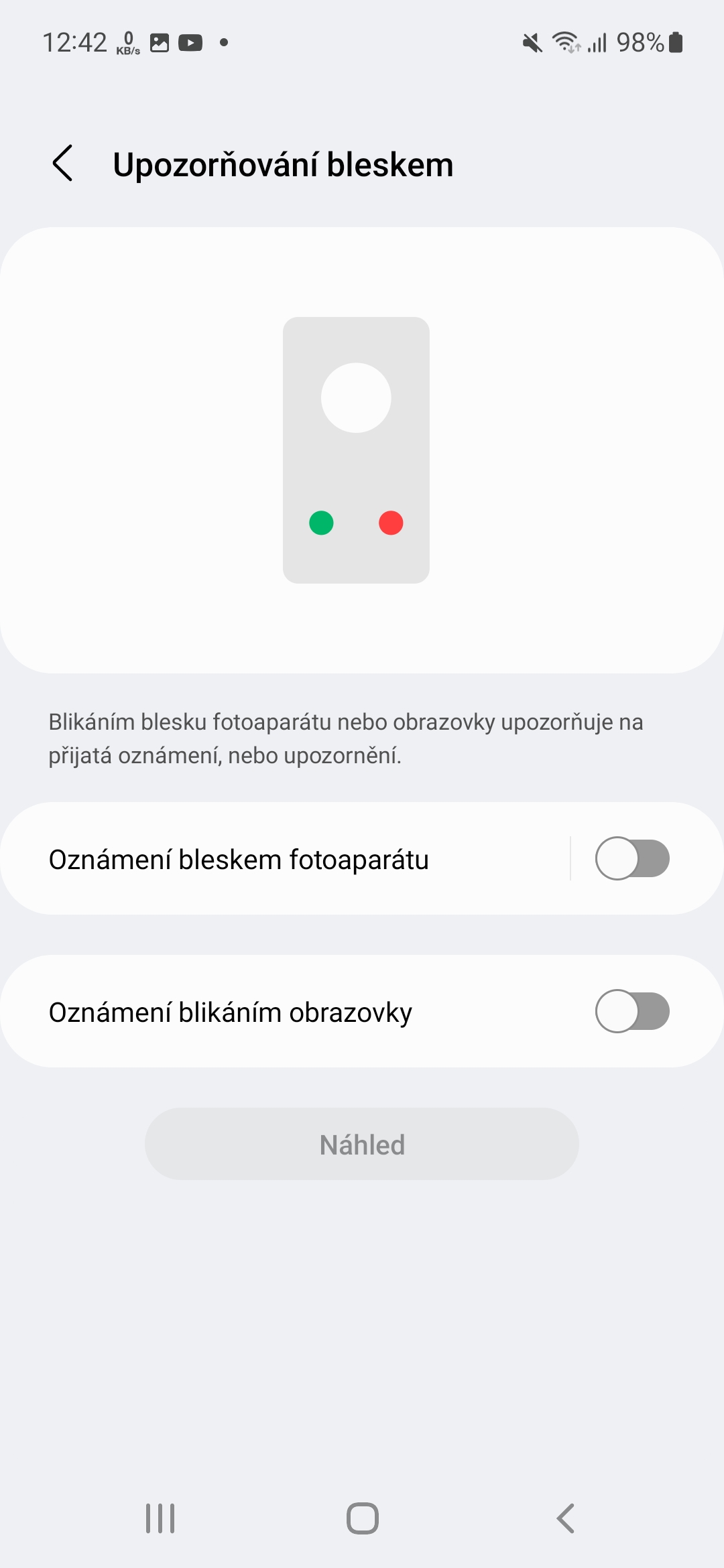You may have switched from iOS, maybe Santa gifted you with your first Samsung phone when you were using a phone from another manufacturer Android device. However, since everyone sews their own graphic and functional superstructure, you may not be entirely sure where your fingers should go first. That's why here are 10 tips and tricks for Samsung beginners.
System update
You most likely got one of the newer Samsung phones Galaxy, who already has the opportunity to use the benefits Androidu 13 and the One UI 5.0 superstructure. However, since the company only launched the update in recent months, your device may have an even older system out of the box. That is why the first thing you should do is look for an update and download the latest version of the operating system. You do so in Settings -> Software update -> Download and install.
samsung account
In order to enjoy all the benefits of your device, it is ideal to create an account with Samsung. You can set it right when you activate your device, where you are prompted to do so. But you can skip this option and come back to it anytime later. It should be mentioned here that you will need an active phone number for this, due to the two-step verification. However, you can easily create an account on a tablet without a SIM, when you just enter the phone number you use on your mobile phone.
- Open it Settings.
- At the very top, tap on samsung account.
- You now have the option to enter an email or phone number, as well as use a Google account.
- After the given choice, you will be shown the acceptance of various conditions, but you do not have to accept them. After selecting all, some, or none, tap I agree.
- Now you can see your ID, first and last name. You still have to enter a selection Birthdate and then tap on Done.
- Next comes the two-factor authentication setup. After entering the phone number, you will receive a code, which you will then enter.
Personalization of the lock screen
It's actually very simple, because it's practically enough to hold your finger on the locked screen and it will then zoom out and show you the possibility of specifying various elements. Those elements that you can change are usually framed and at the same time a red minus symbol lights up if you want to remove them completely. You can increase and decrease the time as you like, you can specify a different style for it, i.e. analog, you can change its color or keep the one based on the Material You design. Above the style, you can see a series of fonts that will clearly change the appearance of the indicator. You can edit widgets, shortcuts, and add contacts informace.
Proposal Background it then gives you a direct choice of which one you want to use. You can browse not only the system ones, but of course also your entire gallery. You can also specify a filter for the photo. You can also choose a dynamic lock screen where your photos are constantly changing, or have Samsung Global Goals displayed here. You can further define these options through the gear wheel. Confirm everything by tapping on Done.
Personalization of the quick launch panel
By swiping down from the top of the display, you'll see the first features from the quick launch bar, as well as the latest notifications. If you do this gesture one more time, you can already see the full set of options that the quick launch bar has to offer. After all, you call up this menu with a gesture of swiping two fingers from the upper edge of the display. Through the three dots in the upper right, you can then edit the present buttons through the Edit buttons menu and sort them according to your preferences, such as moving the personal hotspot to the back and moving the Do Not Disturb modes to the front. However, how you determine the offer is entirely up to you. It is done very simply, by simply dragging.
Home screen settings
V Settings -> Home screen you will find many options for how to determine the home layout screen to suit you exactly. Here you can change the display of the app and folder grid, you can have app icon badges displayed here, make the home screen work in landscape mode, or you can lock the layout here. Thanks to this, even with an accidental touch, you will not decide how you have it set.
Display
Go to Settings and click on the offer Display. Here you can set the behavior of the dark mode, it is definitely advisable to turn it on Adaptive brightness, if it is not. Depending on the phone model, you can then determine the smoothness of the movement. High is pleasing to the eye, but takes more from the battery. Below are the choices Font size and style, Screen magnification and other options that make using the phone more enjoyable. So go through them step by step and adjust the display according to your needs.
Hide unwanted apps
Hiding apps is different from disabling them. Your device may contain pre-installed bloatware and system apps that cannot be removed. Once disabled, these apps can no longer use system resources and thus typically slow down the phone. However, by hiding applications, they still work as intended, you just don't see their icon across the system.
- Go to the site menu.
- Select the three-dot menu at the top right.
- Choose Settings.
- You can already see the offer here Hide apps, which you select.
- All you have to do is select the titles you want to hide from the list. You can also search for them in the bar at the top.
- Click on Done confirm hiding.
Gesture navigation
The navigation panel contains three buttons, which are more of a relic these days. It is about Poslední, Home a Back. But if you don't want them here because you're used to controlling gestures (e.g. from an iPhone), you can replace them with them, in two variants.
- Go to Settings.
- Select an offer Display.
- Scroll down where you will see a choice Navigation panel, which you select.
The type of navigation as is automatically determined here Buttons. But you can choose below Swipe gestures, when the buttons will disappear from the display, thanks to which you will optically enlarge the display itself, because they will no longer be displayed on it. By choice Other options you can also define whether you want to use only one gesture or for each missing key separately.
You could be interested in
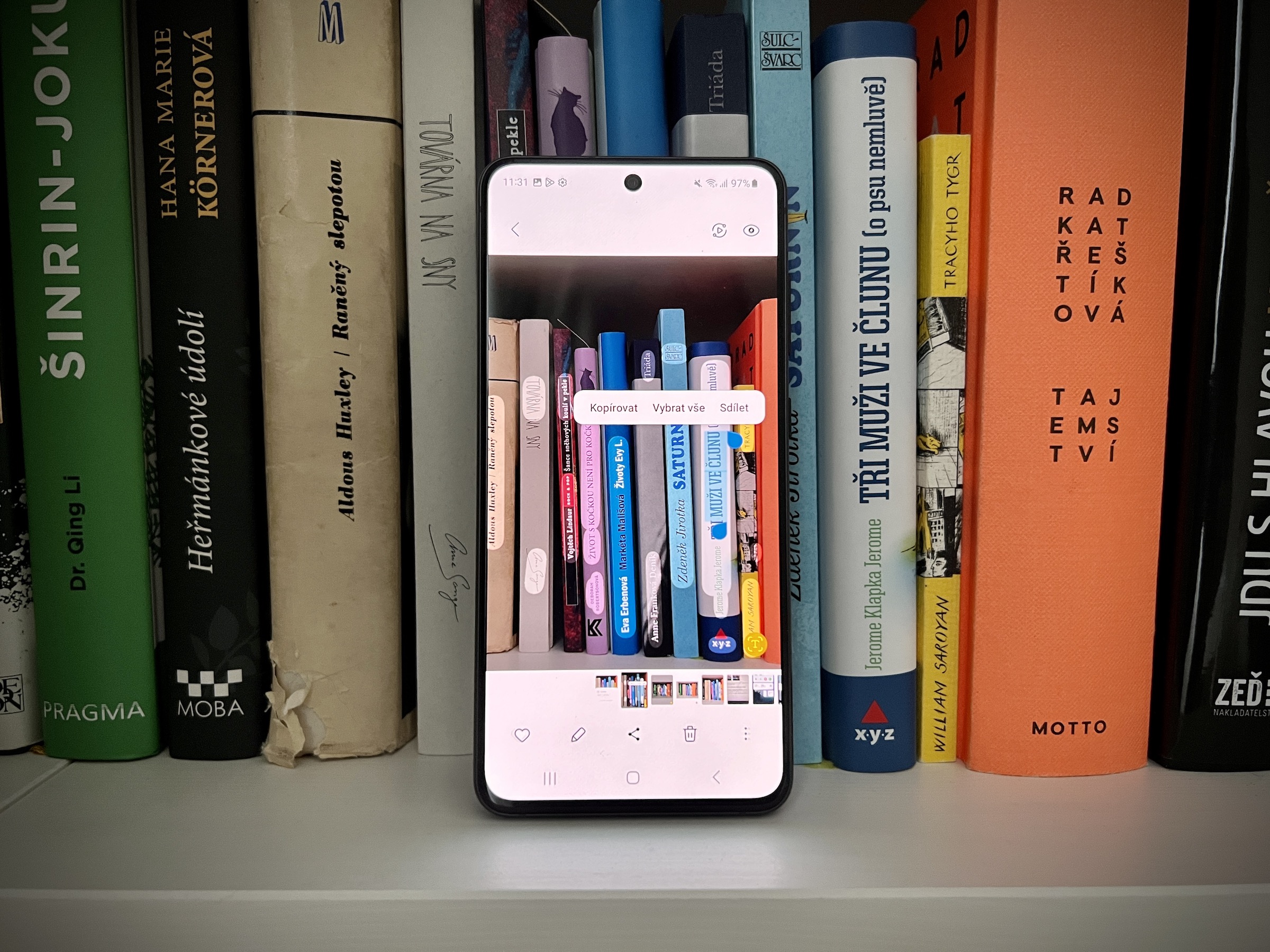
Camera LED
When you go to Settings -> Facilitation -> Advanced settings, you will find an option here Flash alert. After selecting it, you will see two options that you can turn on. The first is the Camera Flash Notification, where when you receive a notification, the LED will flash to alert you. Notification by flashing the screen works the same, only the display is flashing. Here you can also set the applications that you want to be notified about.
Mute incoming calls by rotating the phone
V Settings -> Advanced features -> Movements and gestures you will find an option Mute gestures. If you have this function activated, if your phone rings and vibrates when alerting you of an incoming call, just turn it with the display facing downwards, i.e. typically on the table, and you will silence the signaling without having to press any buttons or tap the display. You can silence calls and notifications by placing your palm on the display. And yes, it also works with alarms.
